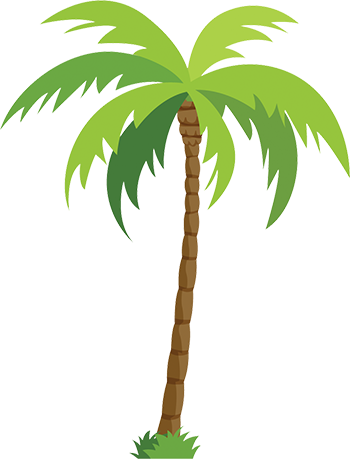Notre engagement: vous offrir une expérience inoubliable , à la hauteur de vos attentes
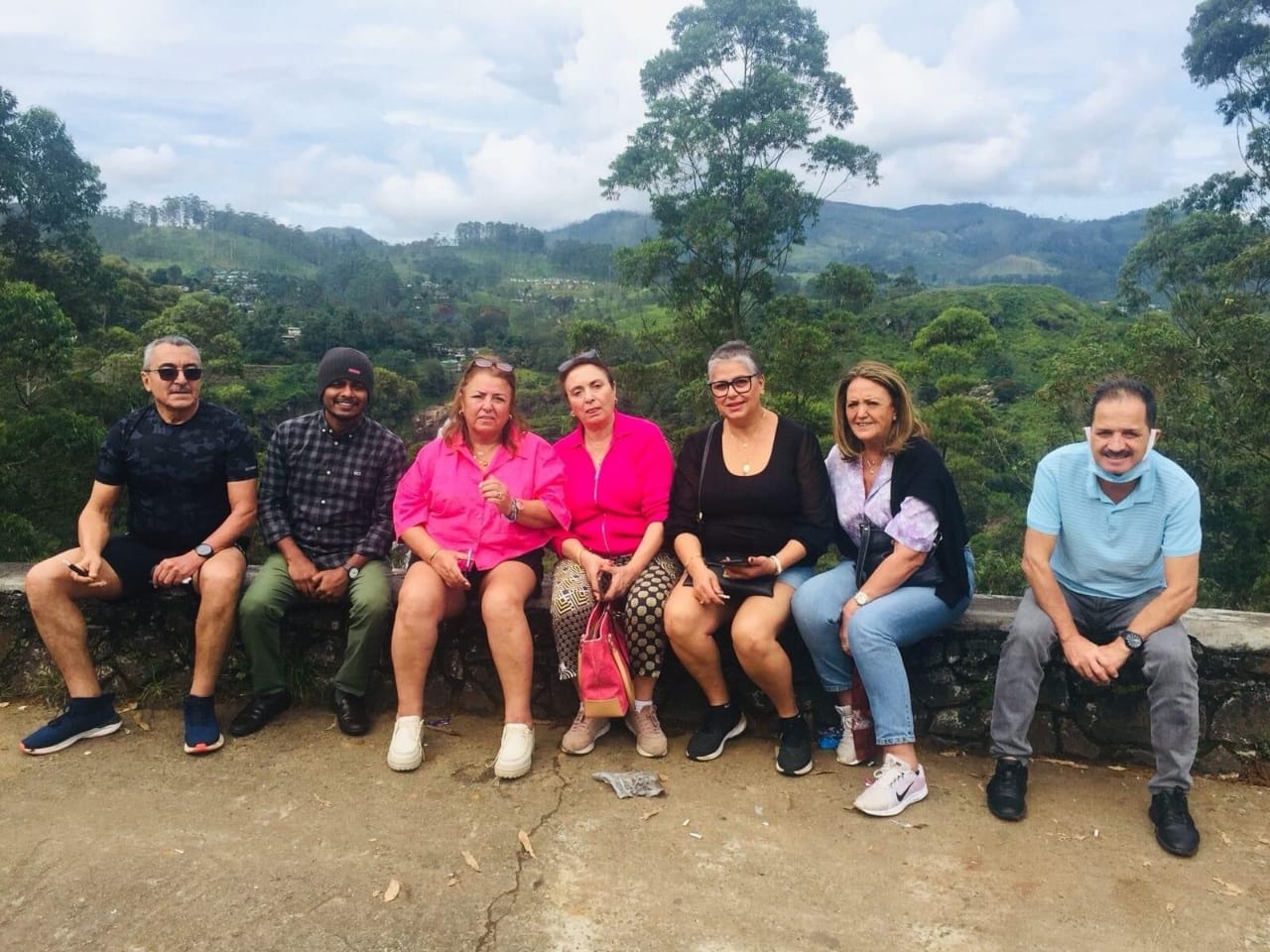



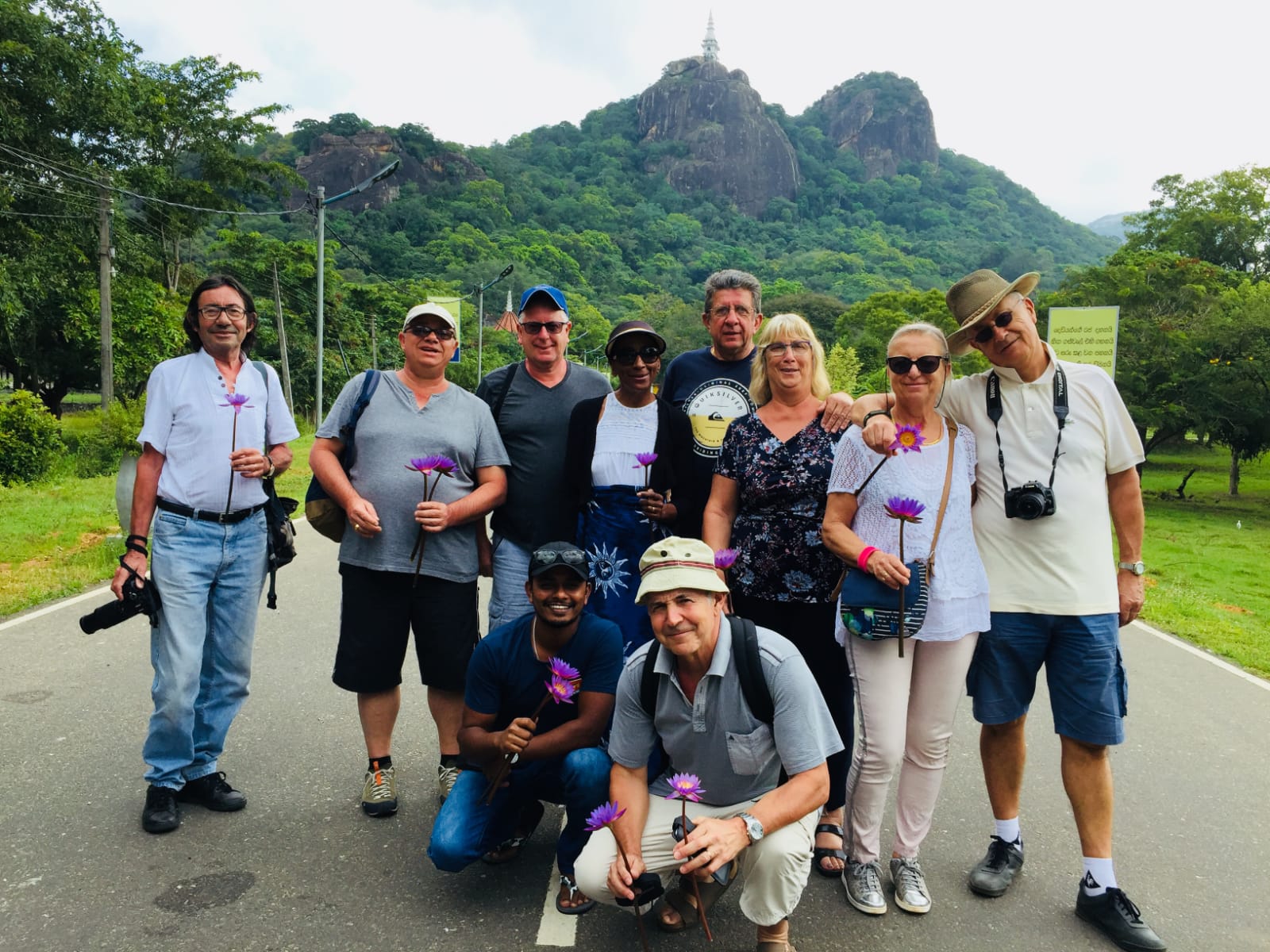
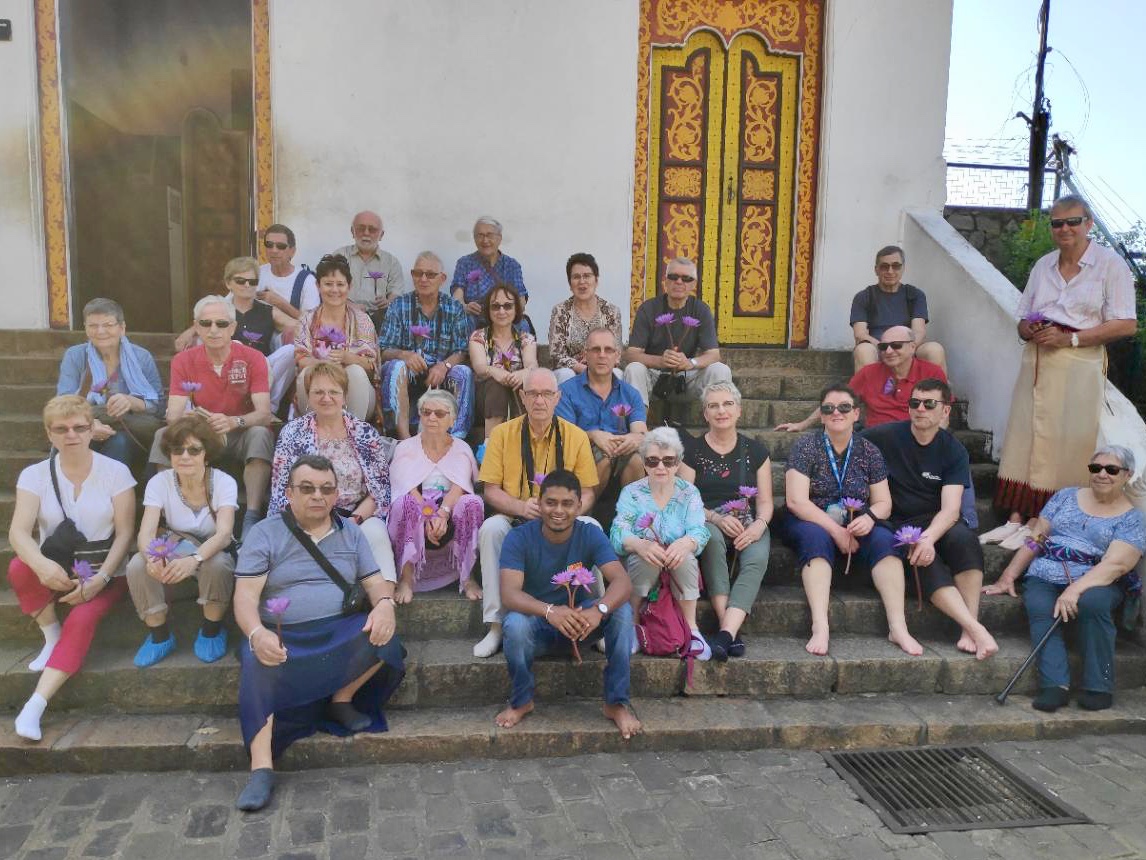
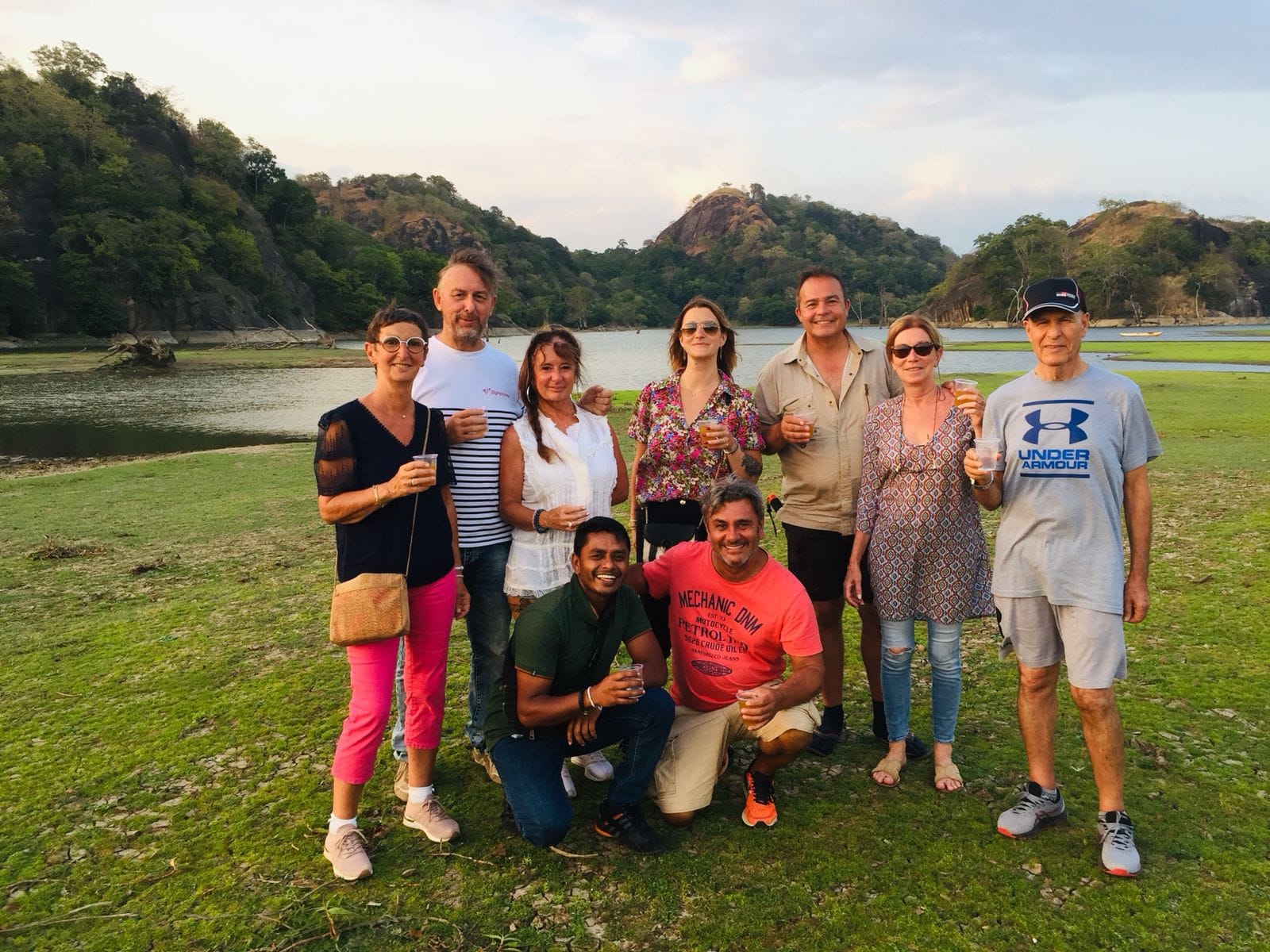
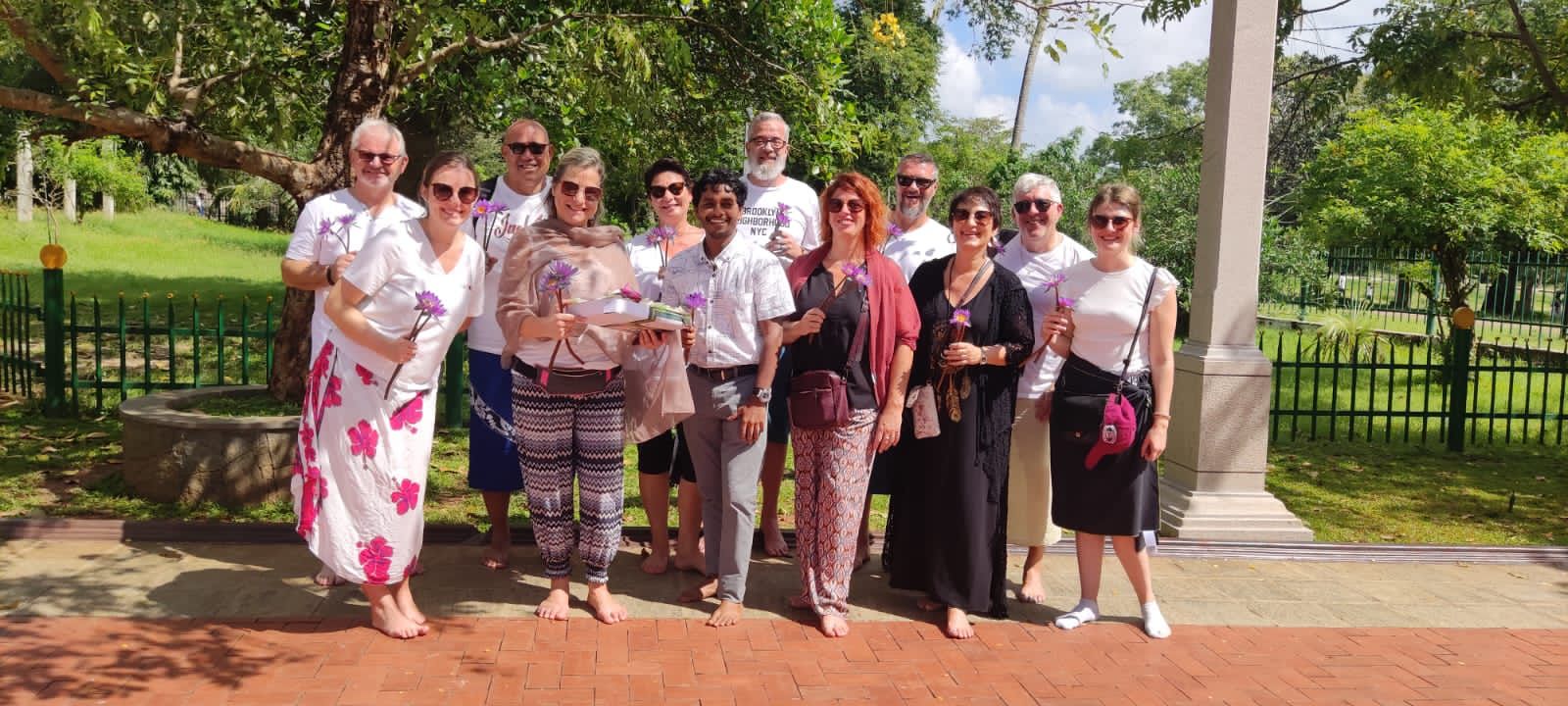

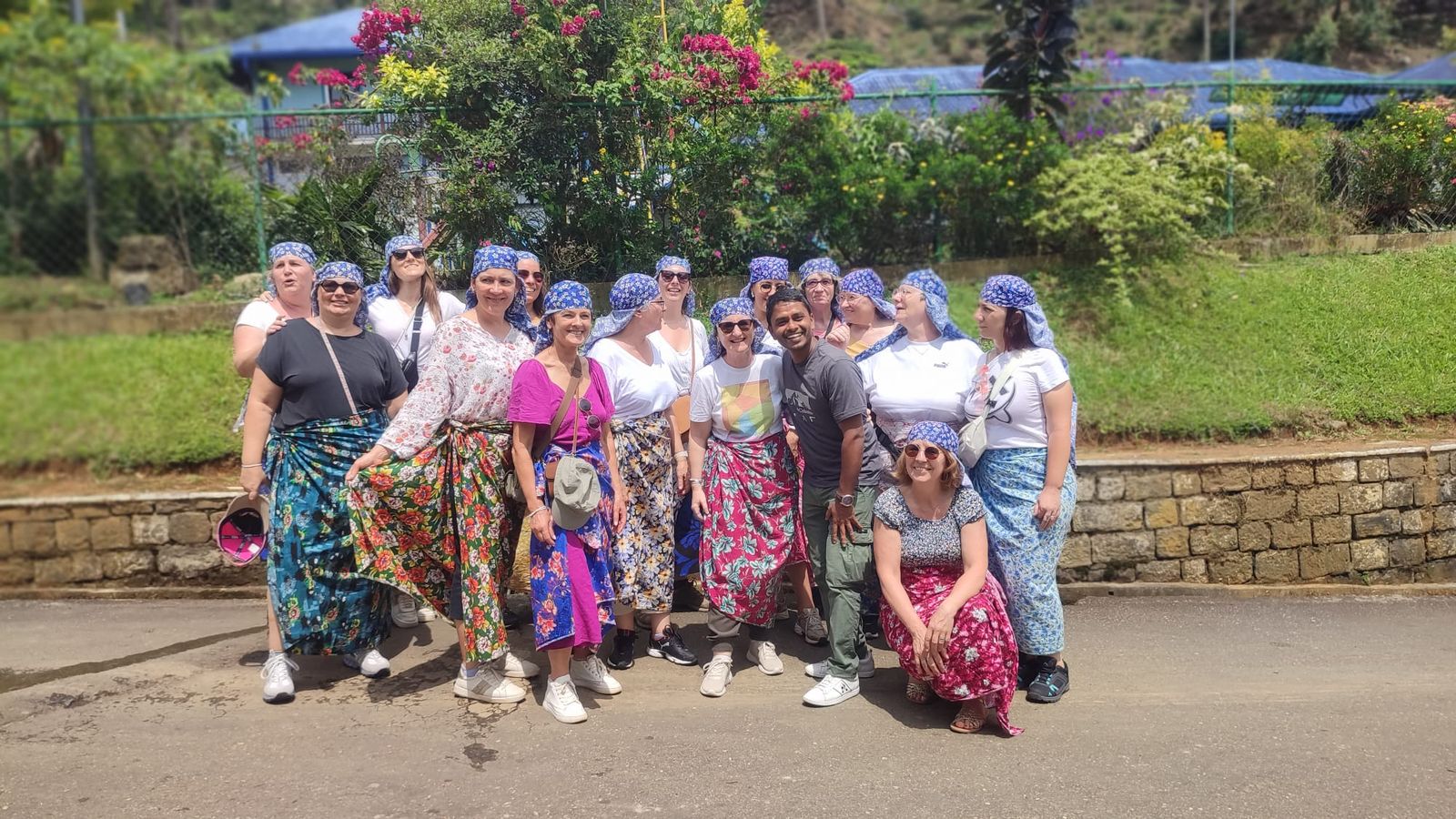

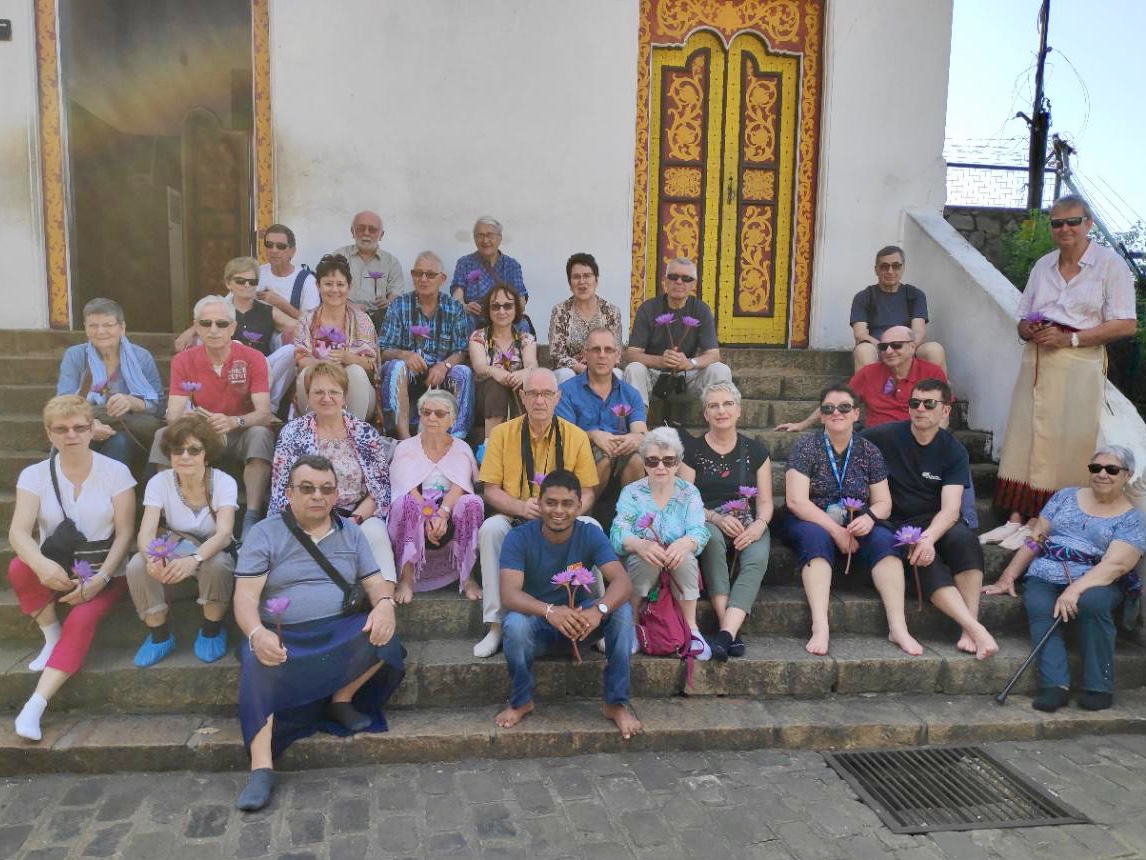
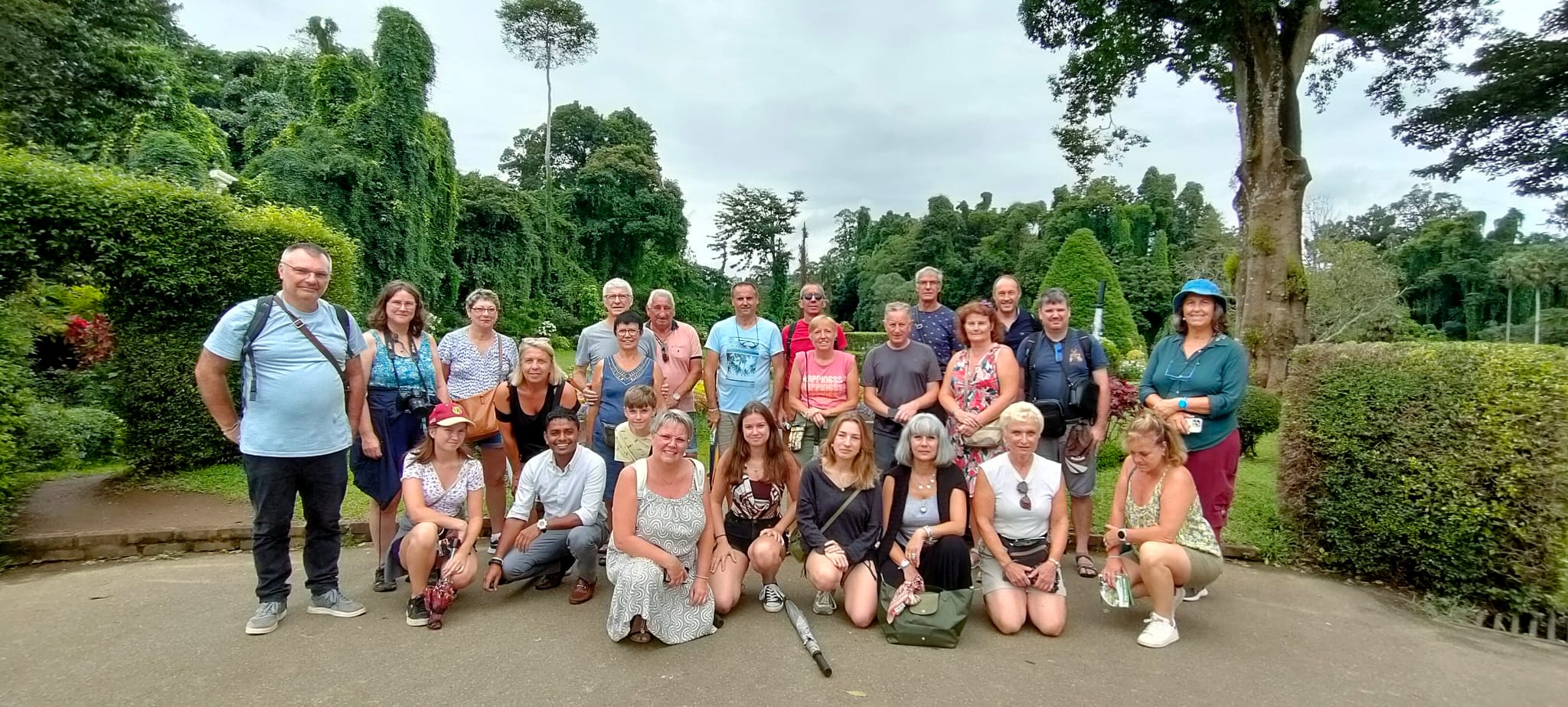
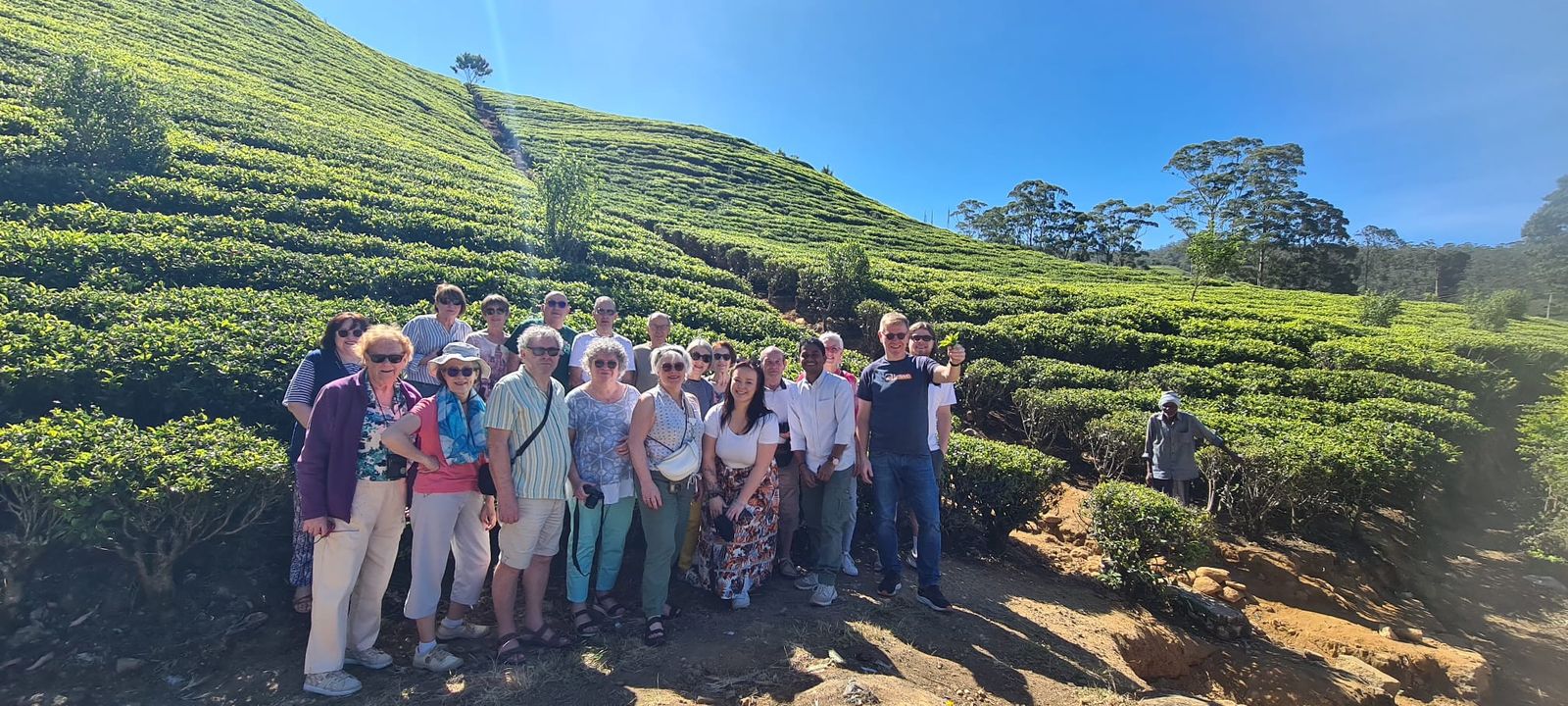
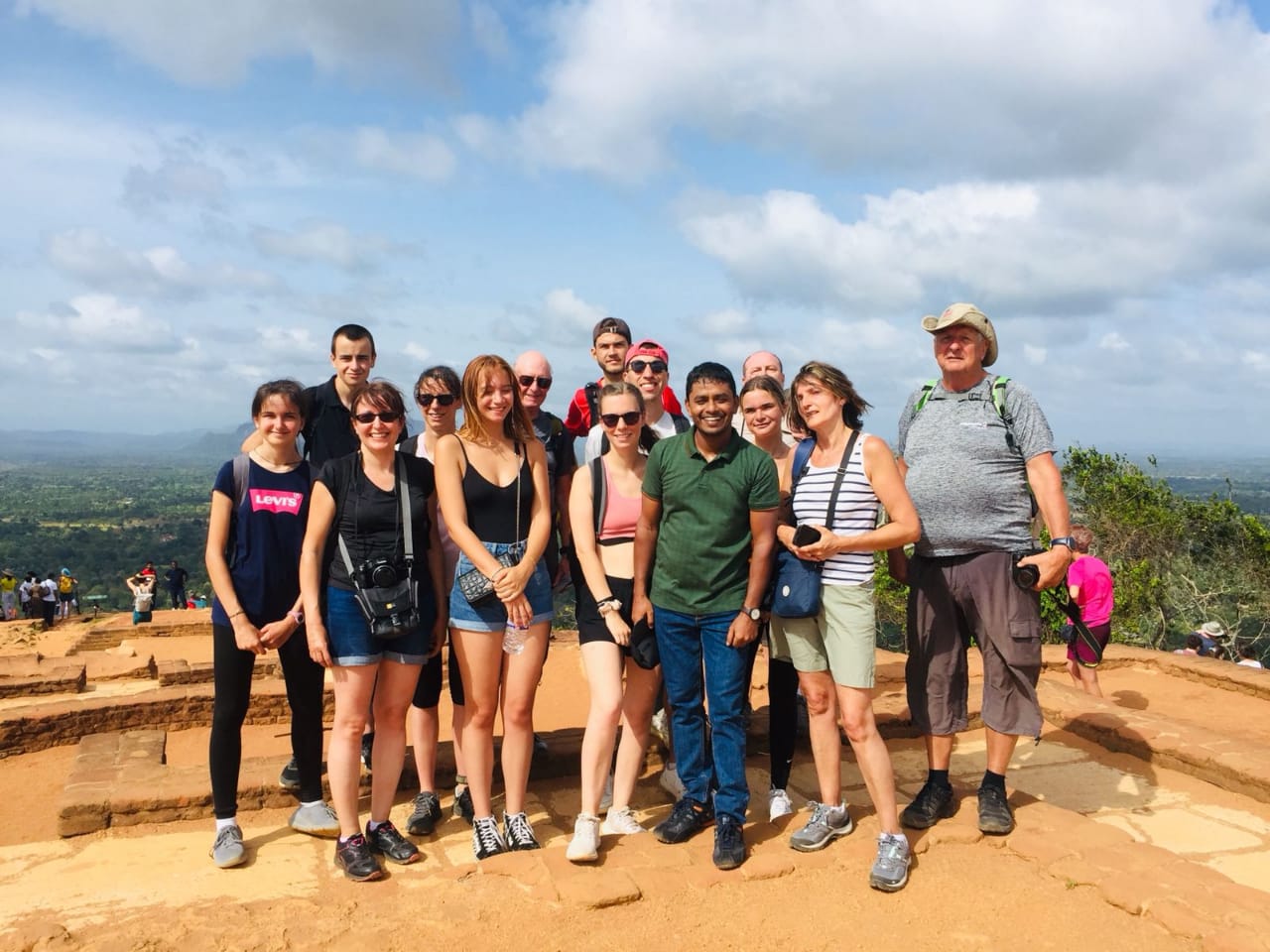
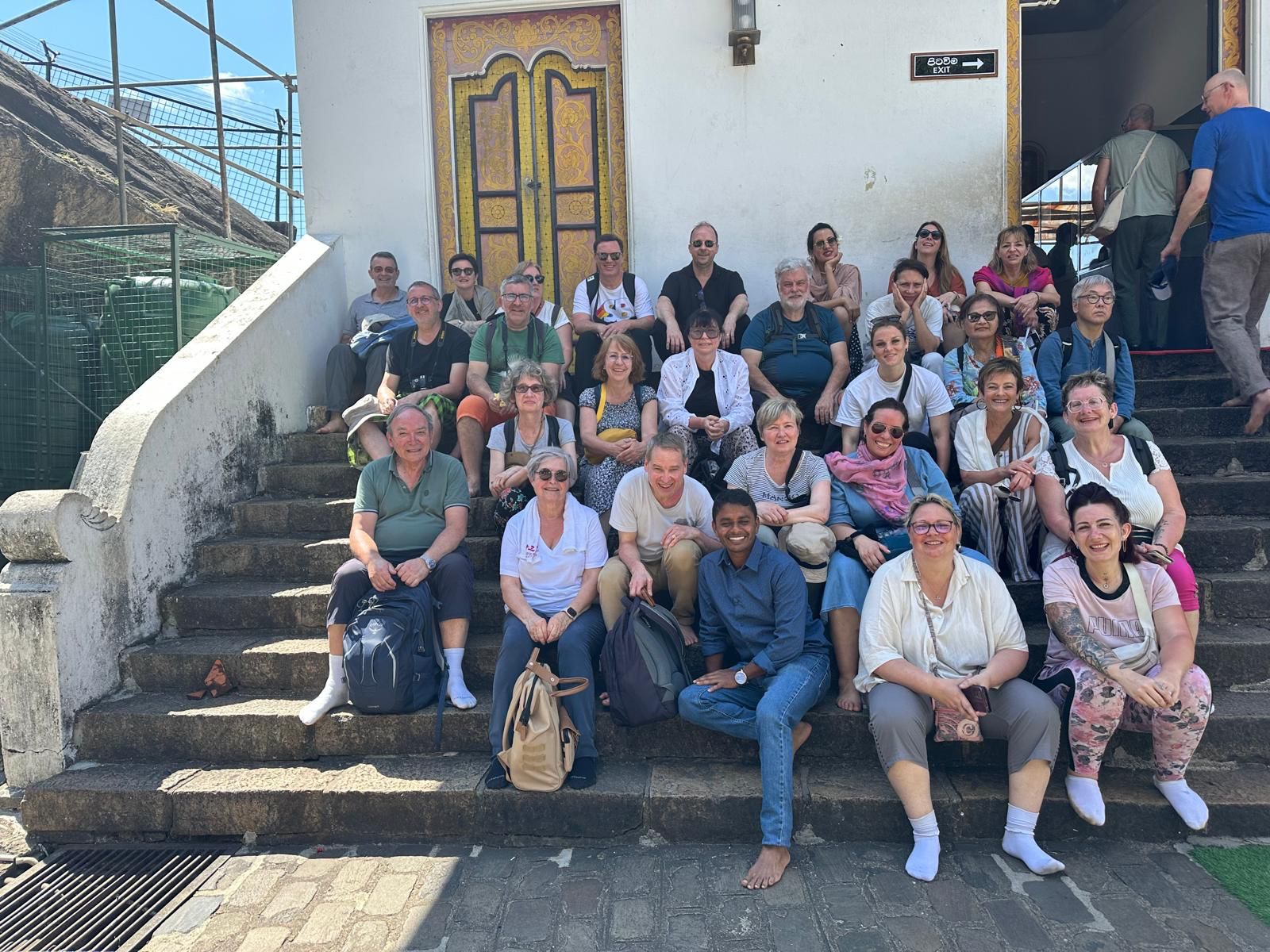



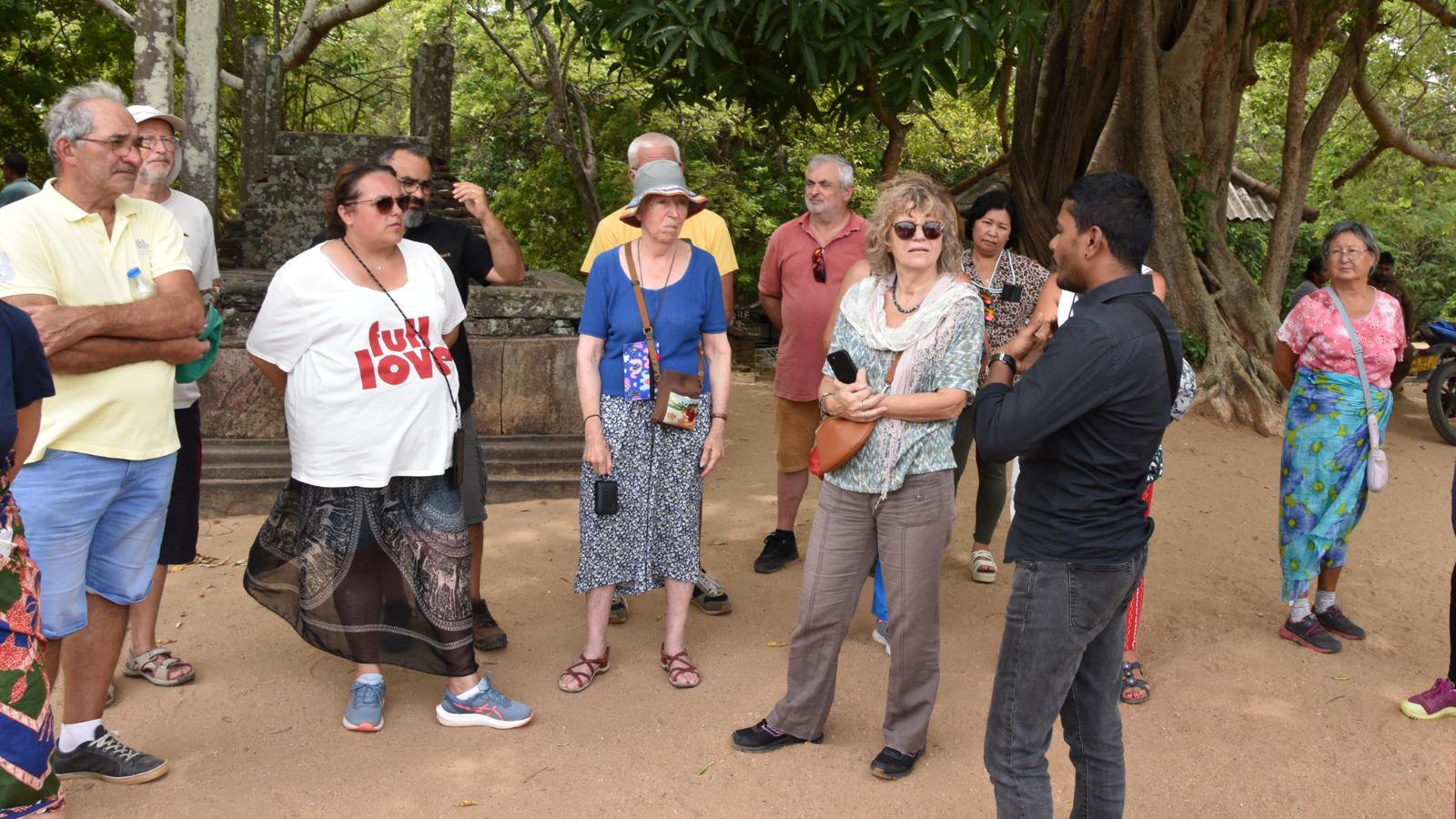
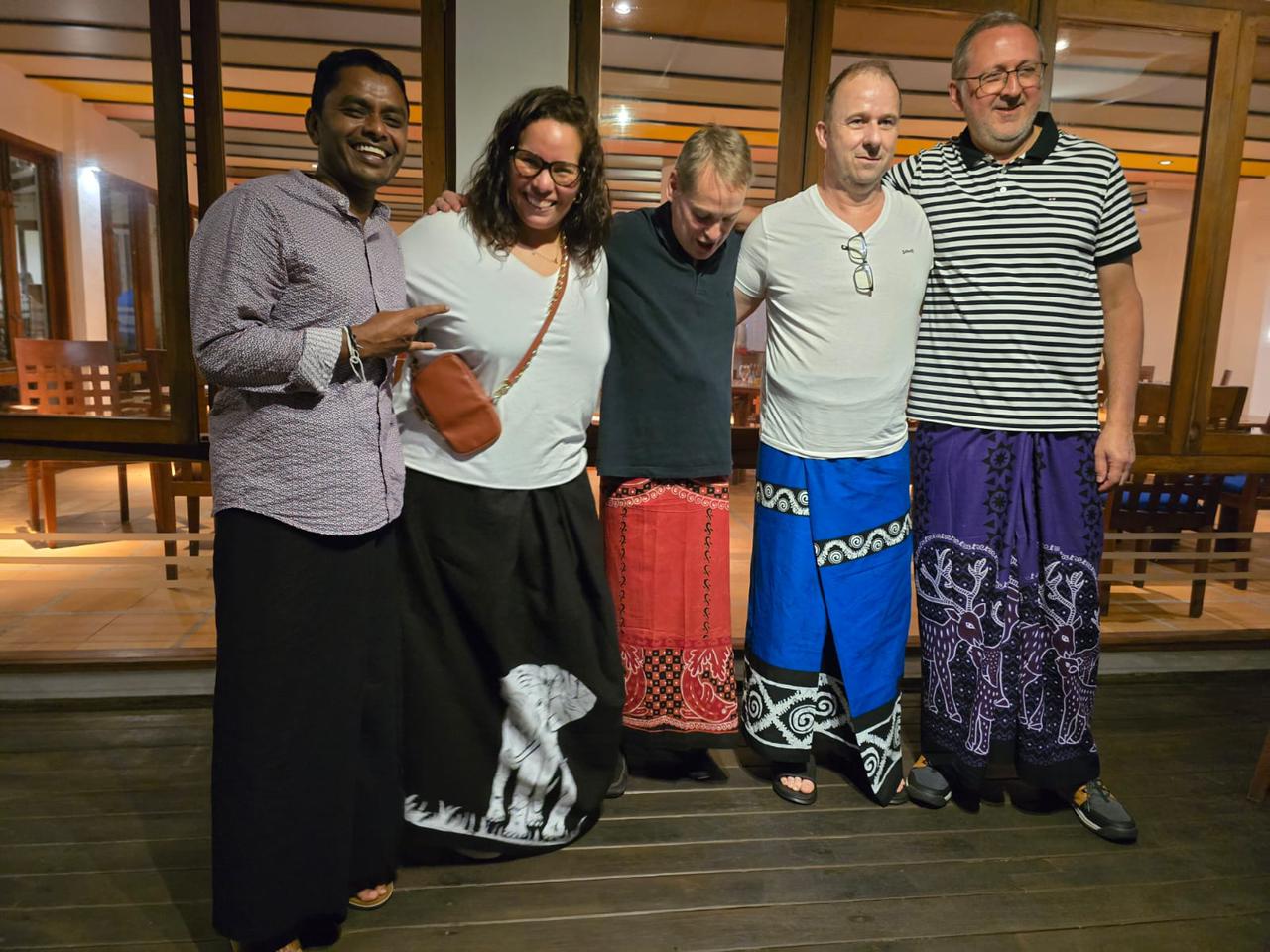
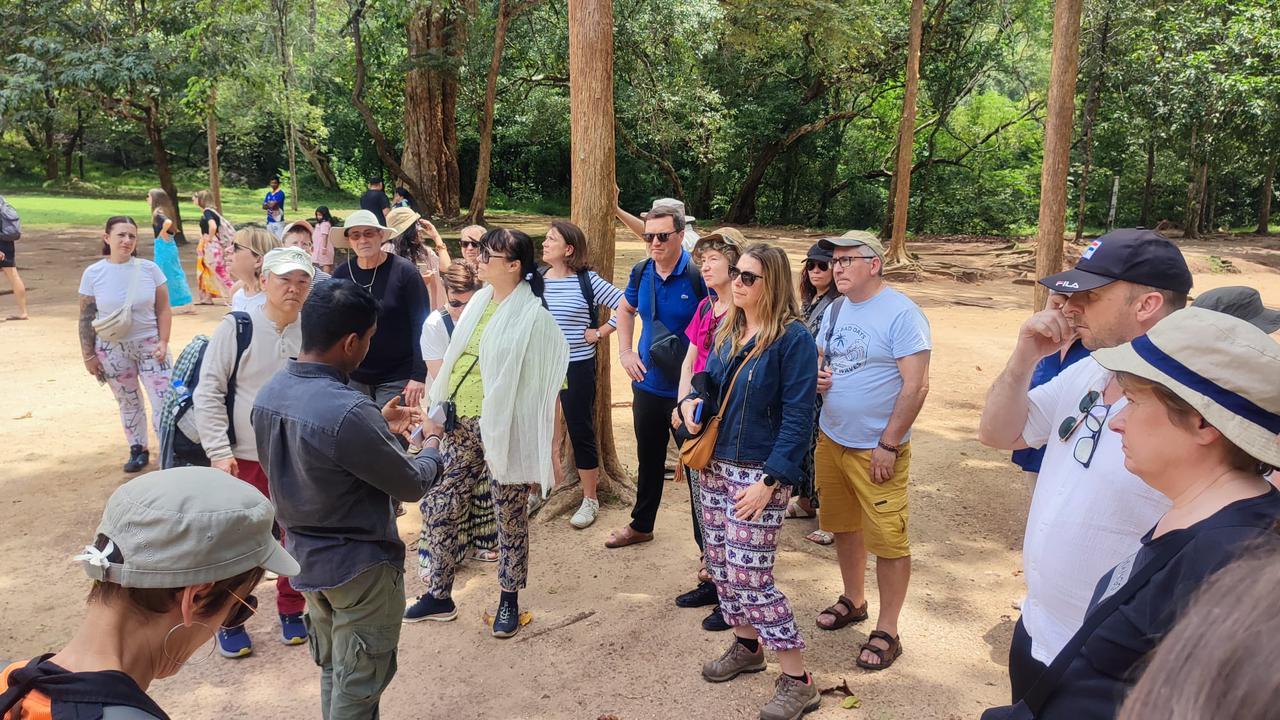
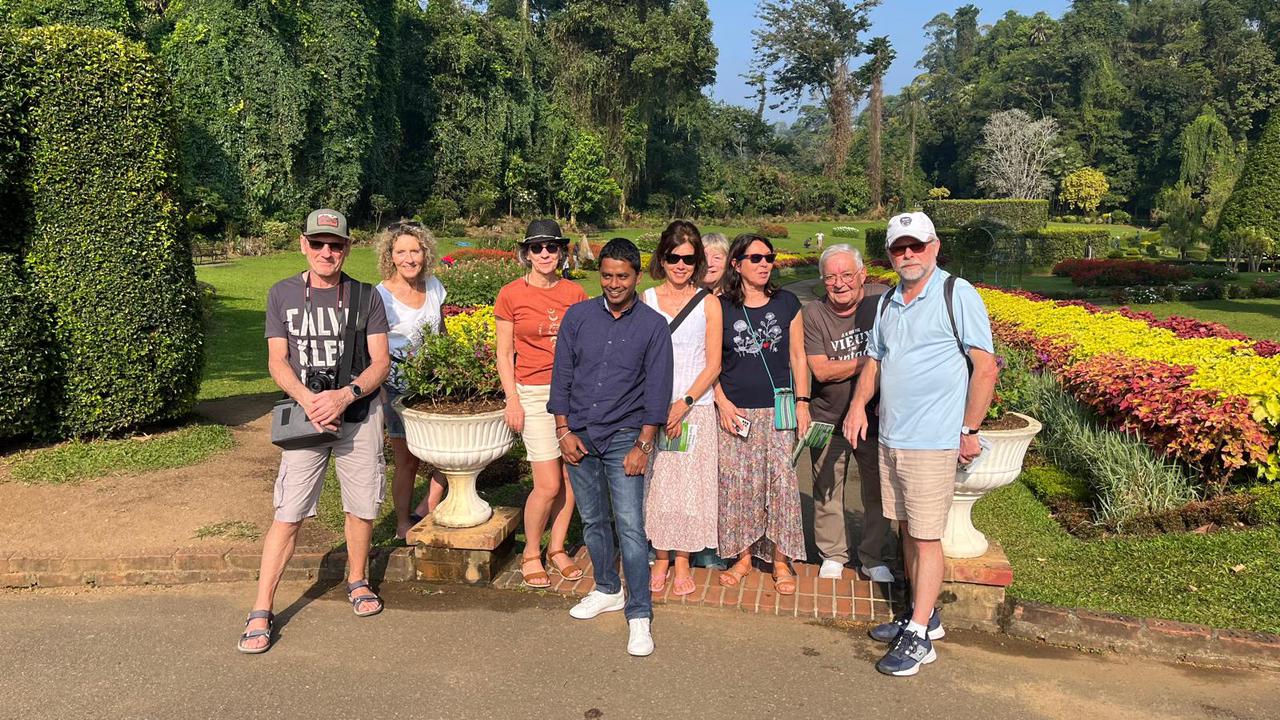
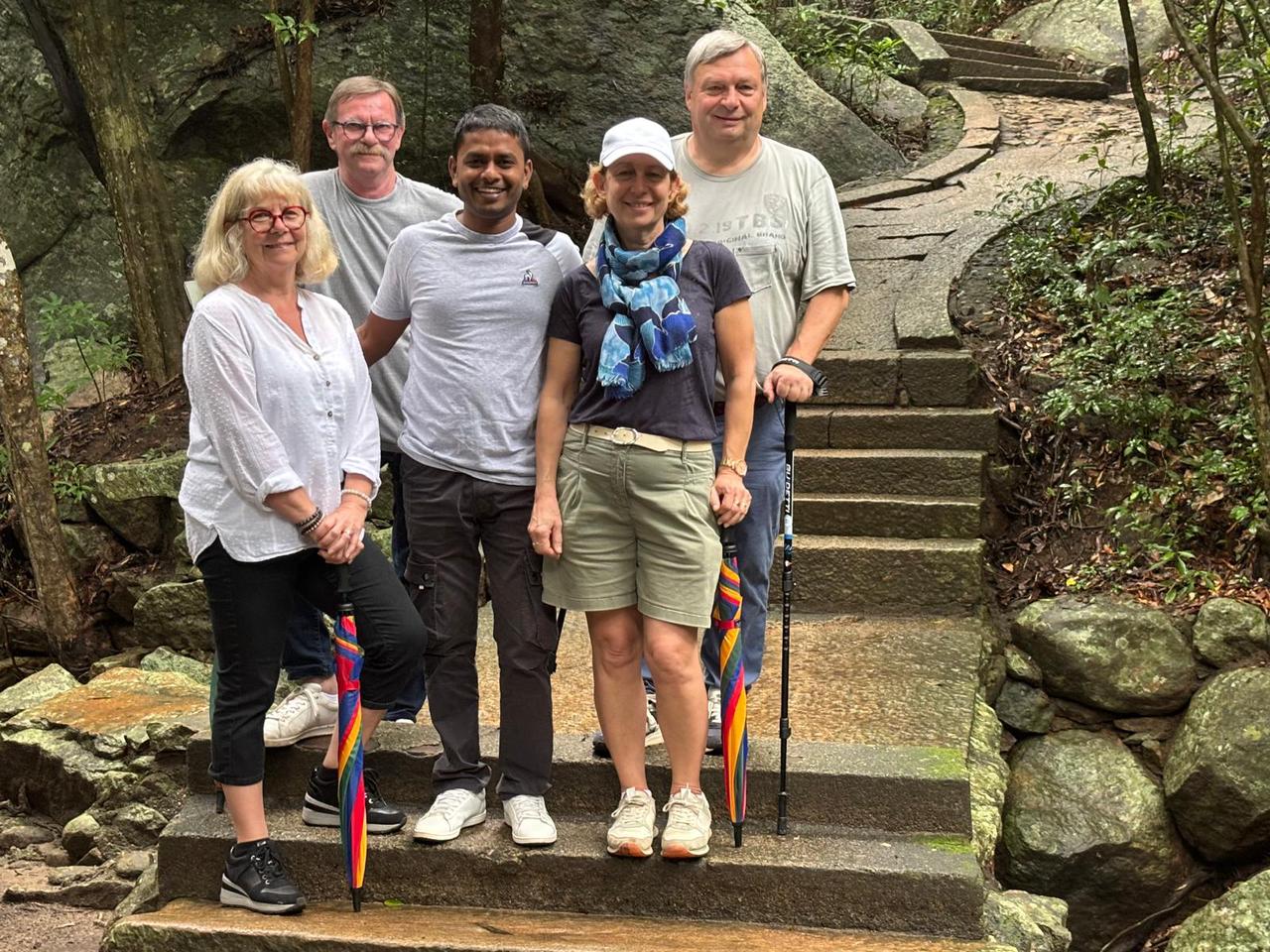
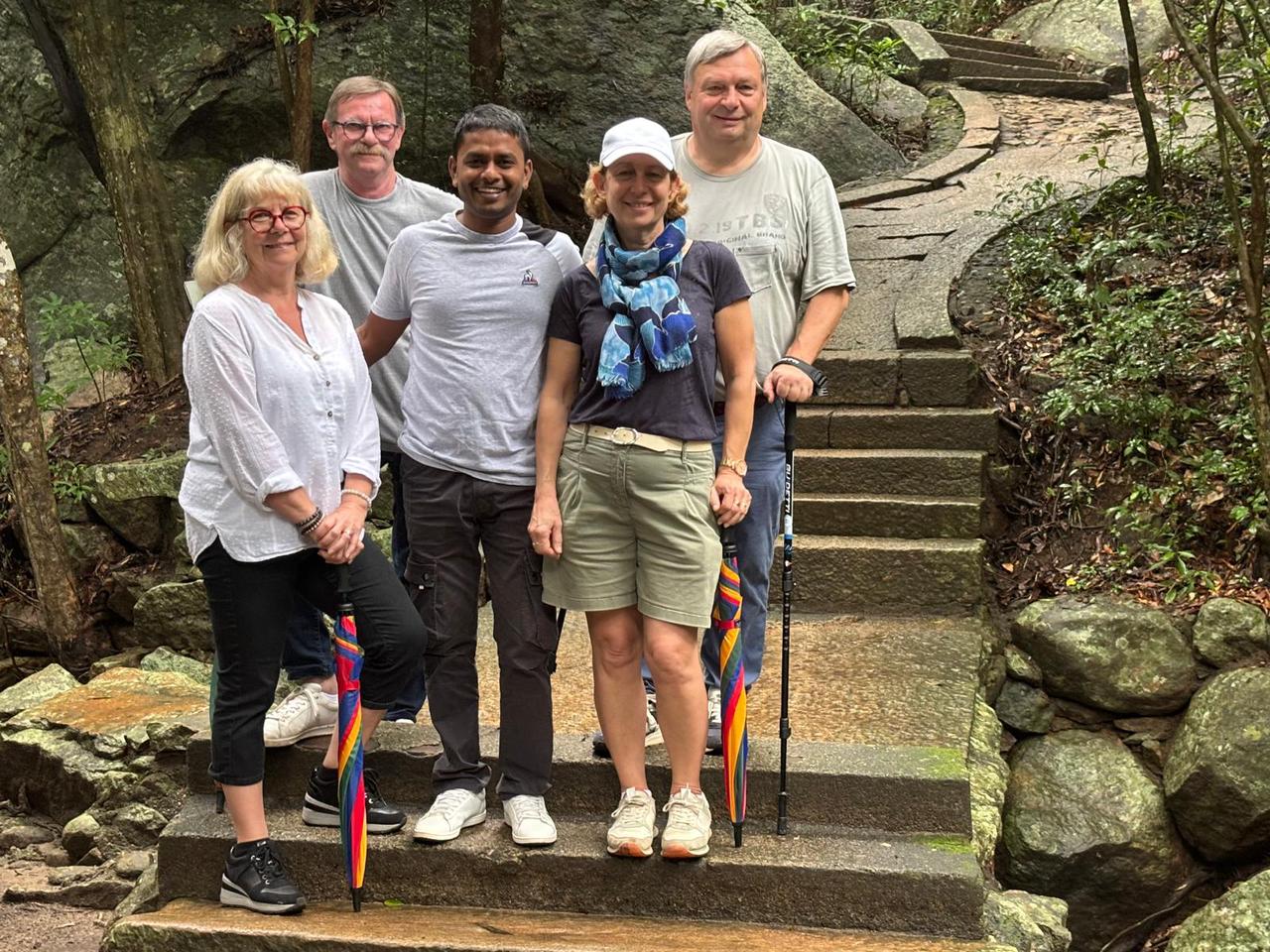


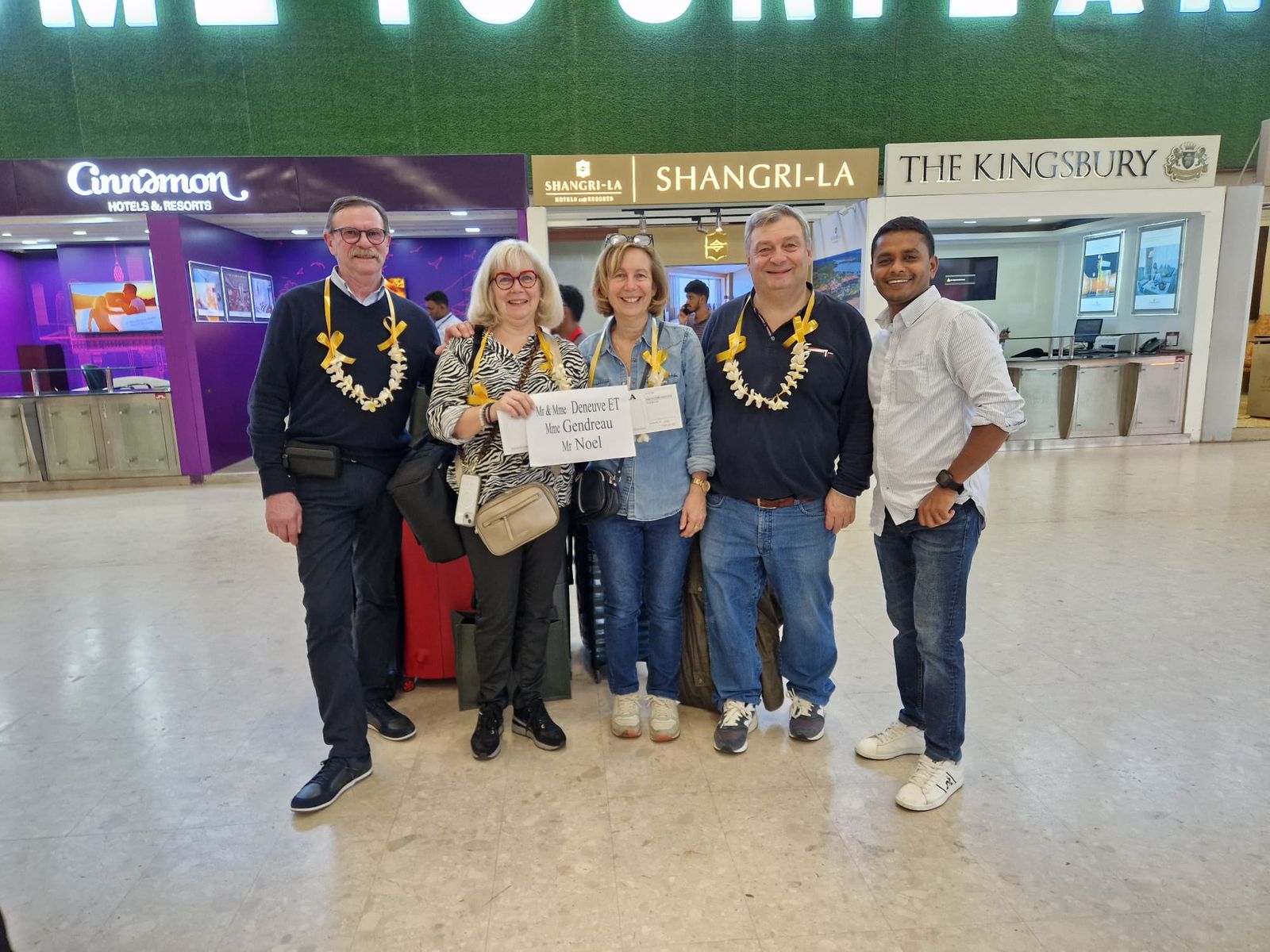
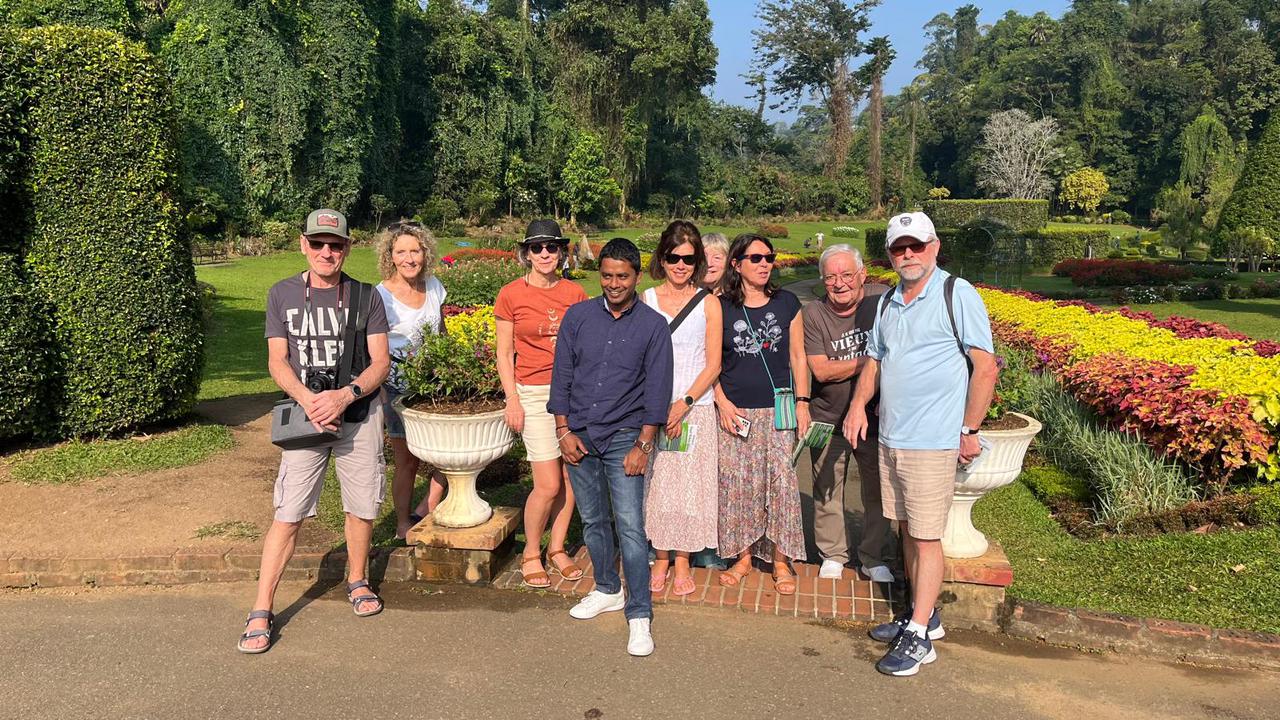

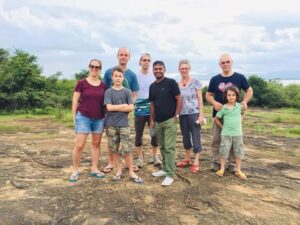
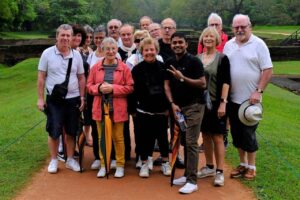

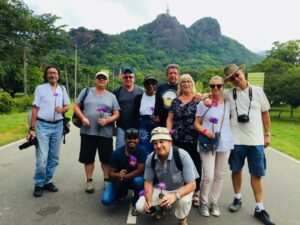

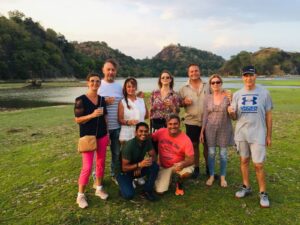
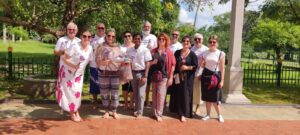
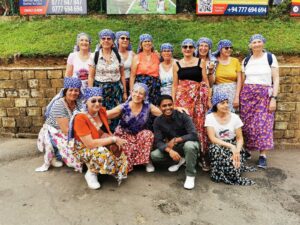
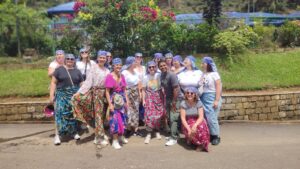
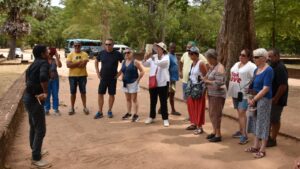
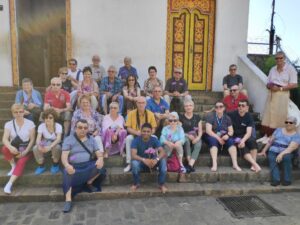
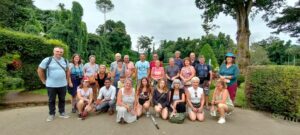

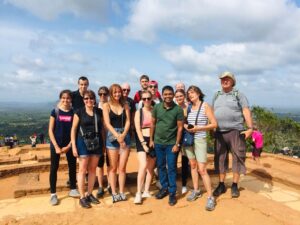
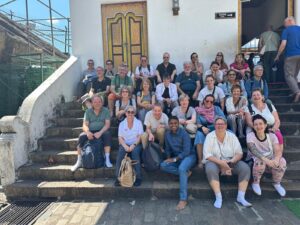

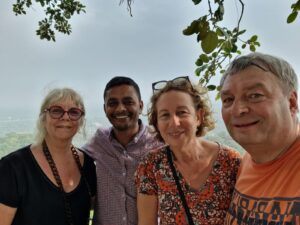
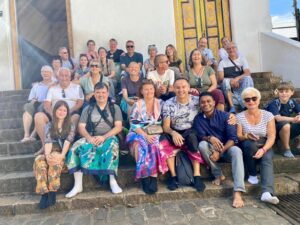
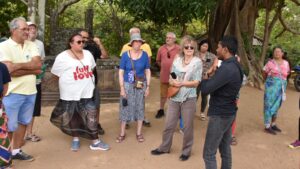
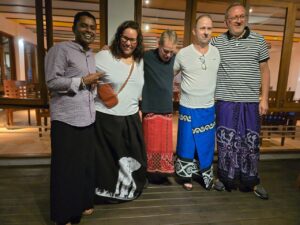



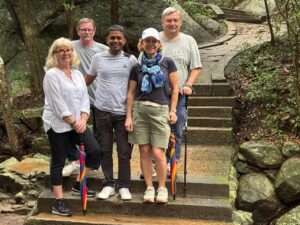
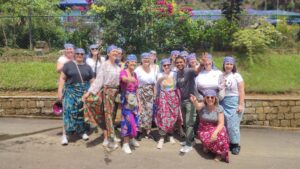
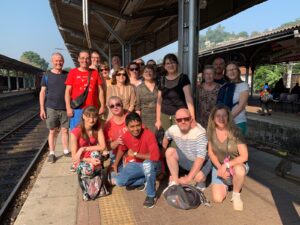
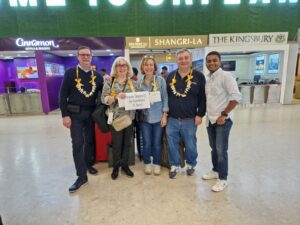

Le système de visa électronique (e-Visa) pour le Sri Lanka est désormais en ligne.

L’ancien système de visa en ligne du Sri Lanka est de retour ! Le nouveau gouvernement a révisé le processus après que la Cour suprême a suspendu un nouveau système controversé. Les visiteurs peuvent désormais facilement faire une demande de visa électronique (e-Visa) via le système rétabli, simplifiant ainsi la procédure pour les visas de tourisme, d’affaires ou de transit.
Grâce à une demande rapide en ligne et à des délais de traitement plus courts, le système d’e-Visa garantit une entrée fluide et sans tracas au Sri Lanka, rendant le voyage plus pratique que jamais.

Découvrez le Sri Lanka : une terre d’histoire intemporelle et de beauté naturelle à couper le souffle.
Autrefois appelée Ceylan, cette île a depuis toujours fasciné les voyageurs par sa faune abondante, ses plantations de thé luxuriantes, ses kilomètres de plages tropicales, de lagunes, de savanes arides, de forêts denses et de montagnes embrumées. Le Sri Lanka offre une étonnante diversité de paysages sur un territoire relativement modeste. Riche de sa diversité ethnique et religieuse, l’île est un véritable kaléidoscope de sites bouddhistes, de temples hindous et de bâtiments coloniaux. Nos communautés expriment avec passion leur fierté pour un héritage culturel profondément enraciné. Notre histoire, façonnée au fil des siècles par les voyageurs, les invasions et les périodes de colonisation, est un tissu complexe qui renforce aujourd’hui encore nos valeurs et notre identité. Voyager au Sri Lanka, c’est plonger dans une culture différente, au cœur d’une destination à la beauté exceptionnelle. L’hospitalité y est omniprésente : ici, vous ne serez jamais un étranger. Notre île regorge de lieux à couper le souffle, et nous vous invitons à venir les découvrir. Au cœur de l’océan Indien, une île émeraude vous dévoile ses trésors millénaires et sa richesse culturelle. Bienvenue au Sri Lanka, où chaque coin de rue résonne des échos de traditions anciennes et vivantes. Le Sri Lanka, c’est l’harmonie parfaite entre passé et présent, entre spiritualité et modernité. Laissez-vous envoûter par cette île aux mille trésors, où chaque sourire est une invitation à l’émerveillement.

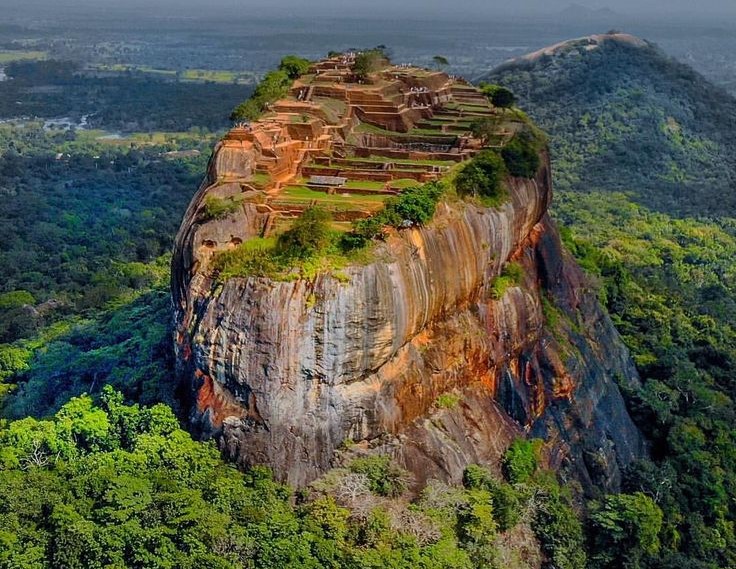
Sigiriya, l’ascension de la forteresse du Lion
S’élevant au-dessus de forêts verdoyantes, Sigiriya est un chef-d’œuvre époustouflant d’ingéniosité et de beauté anciennes. Connue comme la « Huitième Merveille du Monde », cette forteresse rocheuse emblématique est une destination incontournable pour les voyageurs en quête d’histoire, d’art et d’aventure.
Construite au Ve siècle par le roi Kashyapa, Sigiriya témoigne de l’ambition royale et de l’éclat architectural. Son sommet, perché à 200 mètres au-dessus du sol, abrite les vestiges d’un somptueux palais, offrant des vues panoramiques incomparables qui vous laisseront sans voix.
Sigiriya est renommée pour ses fresques envoûtantes des « Demoiselles célestes », qui mettent en valeur l’élégance et l’art d’une époque révolue. Le célèbre Mur de Miroir, autrefois lisse comme du verre, porte aujourd’hui des inscriptions anciennes — témoignages de visiteurs d’il y a plusieurs siècles.
(3.7k Review)
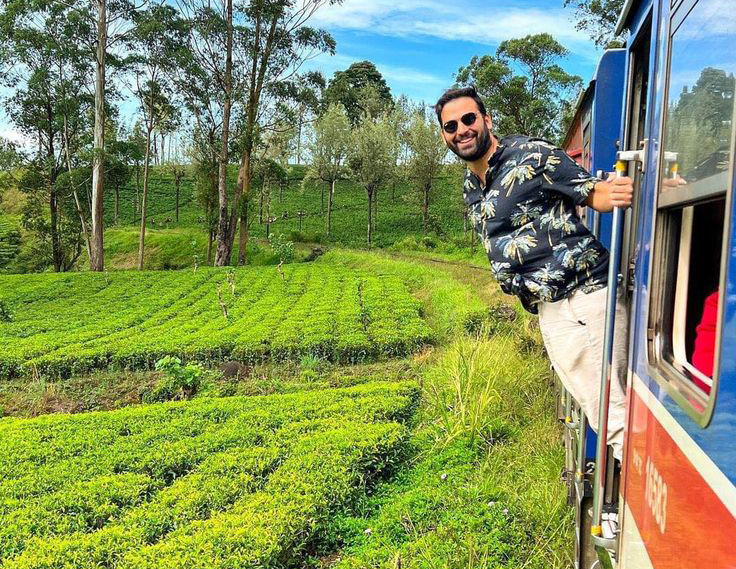
Un voyage en train à couper le souffle
Partez à la découverte de l’une des expériences en train les plus spectaculaires au monde, une traversée magique des paysages époustouflants du Sri Lanka. Le trajet mythique entre Kandy et Ella, souvent décrit comme une œuvre d’art de la nature, est bien plus qu’un simple voyage-c’est une aventure sensorielle inoubliable, une plongée dans l’âme de l’île et dans la chaleur de ses habitants.
Glissant à travers des plantations de thé émeraude, des montagnes enveloppées de brume et des cascades cristallines, le train offre des vues à couper le souffle sur certains des panoramas les plus enchanteurs du Sri Lanka. Des fleurs sauvages multicolores bordent les rails, et à chaque virage, des villages pittoresques se dévoilent, tissant une toile vivante du charme intemporel de la campagne sri-lankaise. L’air pur des hauteurs, parfumé par les arômes envoûtants des feuilles de thé fraîchement cueillies, invite à l’évasion et à la contemplation.
(2.5k Review)

Le temple d’Or de Dambulla, un trésor souterrain
Le Temple de la Caverne de Dambulla, trésor classé au patrimoine mondial de l’UNESCO, incarne l’essence même de la spiritualité sri-lankaise. Avec plus de 2 000 ans d’histoire, ce sanctuaire impressionne par ses grottes majestueuses, ses fresques éclatantes et sa collection exceptionnelle de statues du Bouddha.
Fondé au Ier siècle avant J.-C. par le roi Vattagamani Abhaya, qui y chercha refuge pendant une période de troubles, le temple s’est métamorphosé en un site spectaculaire. Perché à 160 mètres au-dessus des plaines, il abrite cinq grottes splendides, où plus de 150 statues du Bouddha se dressent. Parmi elles, la statue allongée de 14 mètres de long, représentant le Bouddha dans ses derniers instants avant le nirvana, est particulièrement saisissante.
Les fresques vibrantes qui couvrent les murs et les plafonds du temple sont des œuvres d’art d’une rare beauté, illustrant des scènes poignantes de la vie du Bouddha et des …
(1.3k Review)
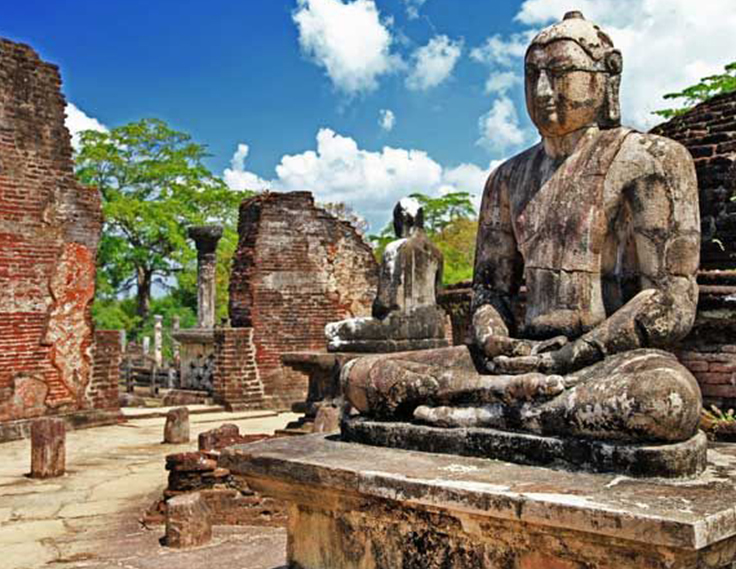
Les vestiges archéologiques, témoins d’un glorieux passé
Polonnaruwa, site emblématique classé au patrimoine mondial de l’UNESCO, est l’une des perles archéologiques les plus précieuses du Sri Lanka. Ancienne capitale de l’île du 11e au 13e siècle, elle prospéra sous la dynastie Chola puis sous les rois Cinghalais, devenant un centre rayonnant de culture et de pouvoir. Aujourd’hui, Polonnaruwa invite les visiteurs à voyager dans le temps, en offrant une fascinante immersion dans l’histoire et la richesse culturelle du Sri Lanka à travers ses ruines magnifiquement conservées, ses monuments imposants et ses chefs-d’œuvre architecturaux.
Le complexe du Palais Royal, majestueusement construit sous le règne du roi Parakramabahu Ier, témoigne de l’ingéniosité et de l’élégance de l’ingénierie sri-lankaise antique. Bien que le palais, autrefois une splendide structure de sept étages, ne soit plus qu’une ruine, il conserve encore des vestiges impressionnants comme la Salle de l’Audience et le Bain Royal, ornés de …
(2k Review)
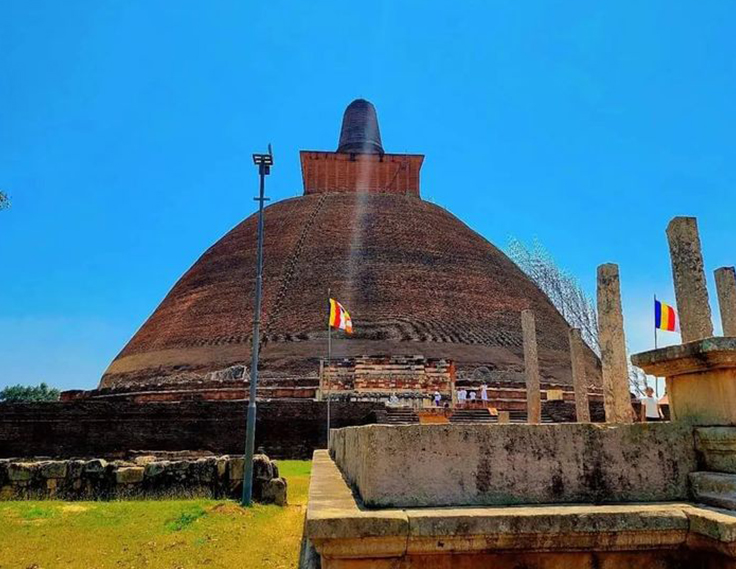
La foi et le génie au service d’une cité légendaire
.La foi et le génie ont présidé à la construction de cette ancienne capitale royale et cité monastique, parsemée de temples et de dagobas, et entourée de vastes réservoirs. Fondée au IVe siècle avant J.-C., Anuradhapura demeura au cœur de la vie politique et religieuse du pays pendant environ 1 300 ans, sous le règne de plus de cent souverains. Elle atteignit son apogée au IXe siècle, et ses immenses dagobas, bassins et palais en ruines donnent encore aujourd’hui un aperçu de sa splendeur passée.
La ville fut la cible de plusieurs incursions d’envahisseurs venus du sud de l’Inde, mais son véritable déclin débuta avec l’occupation chola en 1017. Envahie peu à peu par la jungle, elle tomba dans l’oubli jusqu’à sa redécouverte au XIXe siècle. Pendant plus d’un millénaire, Anuradhapura conserva son prestige, s’imposant comme la plus vaste cité monastique d’Asie et le cœur de la civilisation sri-lankaise. À son …
(1.3k Review)
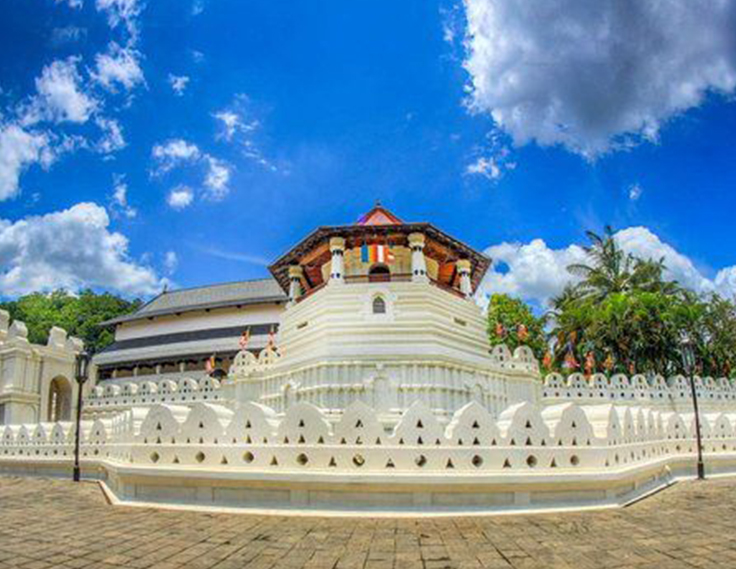
Le temple de la Dent à Kandy, cœur spirituel du Sri Lanka
Nichée au cœur des collines verdoyantes, Kandy est un véritable joyau culturel et la dernière capitale royale du Sri Lanka. Classée au patrimoine mondial de l’UNESCO, cette ville pittoresque est renommée pour ses traditions vibrantes, ses paysages à couper le souffle et son histoire profondément enracinée. Au centre de Kandy se trouve le Temple de la Dent Sacrée, un phare spirituel pour les bouddhistes du monde entier.
Le Temple de la Dent Sacrée, ou Sri Dalada Maligawa, abrite la relique la plus vénérée du Sri Lanka : une dent du Seigneur Bouddha. Ce site sacré est un chef-d’œuvre de l’architecture kandienne, orné de sculptures en bois raffinées, de décorations en or et de fresques apaisantes. Les pèlerins et les visiteurs sont fascinés par l’atmosphère sereine du temple, ses rituels cérémoniaux et sa signification culturelle profonde.
Le temple prend une dimension
(1.7k Review)

Transformer vos rêves de voyage en moments d’exception, gravés à jamais dans vos mémoires.
Partez à la découverte de voyages sur mesure, façonnés avec douceur pour éveiller vos rêves les plus précieux
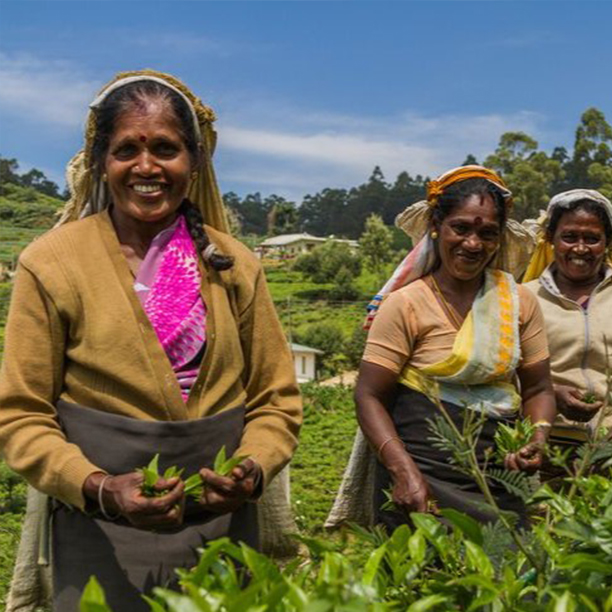

Découvrez le Sri Lanka


Découvrez le Sri Lanka : Un Voyage Inoubliable au Cœur de sa Culture Vibrante
Plongez dans une aventure exceptionnelle au cœur de la culture et de la vie quotidienne du Sri Lanka, en vous connectant profondément avec ses habitants et ses traditions. Dès le départ, engagez-vous dans des expériences authentiques allant bien au-delà du simple tourisme. Participez à des démonstrations culinaires locales dans des maisons d’hôtes rurales, déambulez dans des marchés animés remplis de produits frais et d’artisanat, et partagez des repas préparés avec les habitants, découvrant ainsi les secrets culinaires de l’île. Explorez des villages sereins où vous vous promènerez dans des rizières, rencontrerez des agriculteurs et découvrirez la simplicité de la vie villageoise, tout en vous imprégnant des coutumes profondément enracinées et de la chaleureuse hospitalité sri-lankaise.
Tout au long du voyage, vous serez témoins de l’harmonie entre la riche histoire du Sri Lanka et son mode de vie contemporain. Les visites de temples anciens, de jardins d’épices et de sites classés au patrimoine mondial de l’UNESCO seront complétées par des activités immersives telles que des séances de méditation dans des monastères bouddhistes et des balades en tuk-tuk à travers les plantations de thé. Les safaris dans les parcs nationaux luxuriants vous permettront d’approcher de près les éléphants et les espèces d’oiseaux rares, tandis que les voyages en train pittoresques à travers la région montagneuse vous offriront des vues à couper le souffle sur les plantations de thé et les cascades.
Cette excursion inclut également des rencontres avec des artisans traditionnels, des pêcheurs sur échasses aux créateurs de designs complexes. Ce qui rend cette visite vraiment exceptionnelle, c’est la chance de plonger dans la vie quotidienne des Sri Lankais et de comprendre leur lien durable avec la nature, la spiritualité et la communauté. Que ce soit en partageant des histoires avec des familles locales, en pagayant sur un lac paisible ou en observant les efforts de conservation dans un centre de protection des tortues, chaque moment crée un lien authentique avec l’essence de l’île. En vous immergeant dans ces experiences uniques, vous repartirez non seulement avec des souvenirs de la beauté du Sri Lanka, mais avec une appréciation plus profonde pour ses habitants et leurs traditions.
Marché aux poisons
Visite de la ville
Arrivée à Negombo, une ville côtière à proximité de Colombo. Visite du marché aux poisons animé, où les pêcheurs locaux vendent leurs prises du jour, offrant un aperçu de la vie quotidienne de la communauté de pêcheurs de Negombo. Profitez de la plage de Negombo, l’un des meilleurs spots côtiers du Sri Lanka, parfait pour se détendre et apprécier le climat tropical.
En soirée, dégustez un délicieux dîner de fruits de mer dans un restaurant local.
Nuit à votre hôtel à Negombo.
Temple des grottes de Dambulla
Marché local
Démonstration de cuisine traditionnelle
Nuit chez l’habitant
Départ de Negombo en direction de Dambulla. Visite du temple des grottes de Dambulla, un site du patrimoine mondial de l’UNESCO abritant des statues anciennes de Bouddha et des fresques vibrantes. Après avoir exploré les grottes, prenez le temps de visiter le marché local de Dambulla, où vous pouvez acheter des produits frais et de l’artisanat local.
Dans l’après-midi, participez à une démonstration de cuisine traditionnelle sri-lankaise, où vous apprendrez à préparer des plats locaux avec des épices aromatiques.
Dîner avec les plats que vous aurez préparés.
Nuit chez l’habitant à Higurakgoda, une excellente façon de découvrir la vie rurale du Sri Lanka.
Visite du site archéologique de Polonnaruwa
Safari au parc national de Minneriya
Voyage à Polonnaruwa, une ancienne ville et site du patrimoine mondial de l’UNESCO. Visite du site archéologique de Polonnaruwa, abritant des ruines magnifiques, des temples anciens et des sculptures datant du 12ème siècle.
Après le déjeuner, direction le parc national de Minneriya pour un safari passionnant. Ce parc est célèbre pour ses grands troupeaux d’éléphants, visibles pendant la saison sèche lorsqu’ils se rassemblent autour du réservoir du parc. Safari pour observer non seulement les éléphants, mais aussi d’autres animaux comme les léopards, les cerfs et une variété d’oiseaux.
Dîner et nuit à un hôtel à Habarana.
Le Rocher du Lion
Rizières de Hiriwadunna
Découvrir un village typique ( motoculture , pirogue, tuk tuk)
Après le petit-déjeuner, départ pour Sigiriya pour visiter la forteresse rocheuse de Sigiriya, l’un des monuments les plus emblématiques du Sri Lanka. Ascension pour des vues spectaculaires sur le paysage environnant et exploration des ruines de l’ancien palais, des jardins et des fresques.
Dans l’après-midi, voyage à Hiriwadunna, un village rural près de Habarana. Promenade à travers les rizières, rencontre avec les agriculteurs locaux et visite d’une école pour découvrir la vie quotidienne du village.
Déjeuner traditionnel sri-lankais avant de retourner à Habarana.
Dîner et nuit à votre hôtel à Habarana.
Jardin des épices de Matale
Marché local de Kandy
Spectacle de dance traditionnelle
En route vers Kandy, arrêt à Matale pour visiter un jardin d’épices. Découvrez les célèbres épices sri-lankaises telles que la cannelle, la cardamome et le poivre, et apprenez sur leur culture et leur utilisation dans la cuisine traditionnelle.
Poursuivez votre voyage vers Kandy, le cœur culturel du Sri Lanka. Visite du marché local de Kandy pour acheter des produits frais, des épices et de l’artisanat. En soirée, assistez à une performance de danse kandienne culturelle qui met en valeur les
danses vibrantes de la région montagneuse du Sri Lanka.
Dîner et nuit à l’hôtel, à Kandy.
Temple de la Dent
Jardins botaniques de Peradeniya
Musée de pierres précieuses
Visitez le Temple de la Dent, l’un des sites bouddhistes les plus sacrés au monde. Le temple abrite la relique de la dent du Bouddha et constitue un centre de pèlerinage. Explorez le complexe du temple, comprenant plusieurs salles, sanctuaires et un musée.
Ensuite, dirigez-vous vers les jardins botaniques de Peradeniya, l’un des plus grands jardins botaniques du Sri Lanka. Il abrite une grande variété de plantes, y compris des orchidées, des palmiers et des épices. Promenez-vous dans le jardin et détendez-vous à l’ombre des arbres imposants.
Plus tard, visitez un musée de gemmes pour découvrir la riche histoire du Sri Lanka avec les gemmes, en particulier les saphirs de renommée mondiale.
Dans l’après-midi, explorez le marché local de Kandy où vous pourrez acheter des objets artisanaux uniques, des épices ou du thé.
Dîner et nuit dans un hôtel charmant à Kandy, offrant une vue panoramique sur les collines et le lac environnants.
Visite de monastère moniales
Chutes de Ramboda
Visite d’une fabrique de thé
Nuwara Eliya
Voyagez de Kandy à Nuwara Eliya, souvent appelée “Petite Angleterre” en raison de son climat frais et de son architecture coloniale. En route, arrêtez-vous dans un couvent bouddhiste, où vous pourrez découvrir la vie des nonnes bouddhistes, leurs routines quotidiennes et les pratiques de méditation bouddhiste. Participez à une courte séance de méditation pour profiter de l’atmosphère paisible.
Ensuite, dirigez-vous vers les chutes de Ramboda, une magnifique cascade de 109 mètres entourée de collines verdoyantes, idéale pour une courte randonnée ou simplement pour apprécier la beauté naturelle. Puis, visitez une fabrique de thé au cœur de Nuwara Eliya, où vous apprendrez tout sur le processus de fabrication du thé, de la cueillette des feuilles à l’emballage. Goûtez du thé frais et profitez d’une visite guidée de la fabrique.
Une fois à Nuwara Eliya, explorez le lac Gregory, parfait pour une promenade paisible ou une balade en bateau, et visitez le parc Victoria, connu pour ses belles fleurs et sa faune.
Dîner et nuit dans un hôtel patrimonial à Nuwara Eliya.
Balade en tuk-tuk
Trajet en train local
Mini Adam’s Peak
Pont aux neuf arches
Commencez votre journée par une balade en tuk-tuk jusqu’à Nanu Oya, une petite gare près de Nuwara Eliya. De là, embarquez pour l’un des trajets en train les plus pittoresques vers Ella, en passant par des plantations de thé luxuriantes, des collines ondulantes et des cascades. Ce trajet en train emblématique offre des vues spectaculaires sur les hautes terres centrales du Sri Lanka, faisant de ce voyage un moment fort.
À votre arrivée à Ella, visitez le Mini Adam’s Peak, une randonnée relativement facile offrant une vue panoramique sur le paysage environnant. Le sentier vous emmène à travers une végétation luxuriante et offre une échappatoire paisible.
Dans l’après-midi, visitez le pont aux neuf arches, un pont de l’époque coloniale entouré de forêt dense, et prenez des photos de l’un des sites les plus photographiés du Sri Lanka.
Dîner et nuit dans un hôtel confortable à Ella, où vous pourrez profiter de l’air frais de la montagne et des vues à couper le souffle.
Chutes de Rawana
Buduruwagala
Safari au parc national d’Udawalawe
Visitez les chutes de Rawana, l’une des cascades les plus célèbres du Sri Lanka. Cette cascade de 25 mètres est entourée de jungle et constitue un lieu populaire pour une baignade rafraîchissante ou une promenade paisible. Ensuite, dirigez-vous vers Buduruwagala, un site ancien abritant sept statues de Bouddha sculptées dans une paroi rocheuse. La plus grande statue mesure 16 mètres, ce qui en fait la plus haute statue de Bouddha du Sri Lanka. Le site remonte au 10ème siècle et offre un aperçu fascinant de la culture bouddhiste ancienne.
Dans l’après-midi, partez pour un safari dans le parc national d’Udawalawe, connu pour ses grands troupeaux d’éléphants. Le parc abrite également une variété de faune, y compris des crocodiles, des léopards et diverses espèces d’oiseaux. Le safari offre une excellente opportunité d’observer les éléphants et d’autres animaux dans leur habitat naturel.
Dîner et nuit dans un campement ou une lodge à Udawalawe.
Village de Sevanagala
Canoë sur le lac Kiribban Ara
Balade dans le village
Passez la journée à explorer le village de Sevanagala, une communauté rurale connue pour son agriculture. Promenez-vous dans les rizières et observez la culture des légumes et de la canne à sucre. Engagez-vous avec les agriculteurs locaux et apprenez les pratiques agricoles traditionnelles. Ensuite, profitez d’une séance de canoë sur le lac Kiribban Ara, un lac naturel paisible entouré de verdure luxuriante. Pagayez dans les eaux calmes et profitez de l’atmosphère sereine.
La journée se termine par un dîner traditionnel sri-lankais, suivi d’une nuit reposante au campement.
village de pêcheurs à Mirissa
Visite de la cité de Galle
Monastère bouddhiste à Balapitiya
Poursuivez votre voyage vers le sud en direction de Galle, une ville connue pour son architecture coloniale historique. Arrêtez-vous à Mirissa, un petit village côtier, pour visiter le village de pêcheurs et découvrir les techniques de pêche locales. Arrêtez-vous à Ahangama pour observer les pêcheurs sur échasses uniques, qui se tiennent sur des échasses en bois dans des eaux peu profondes tout en jetant leurs filets.
À votre arrivée à Galle, explorez le fort historique de Galle, un site du patrimoine mondial de l’UNESCO. Construit par les Portugais et agrandi par les Néerlandais, le fort est un endroit ideal pour se promener dans les rues pavées, visiter l’église réformée hollandaise et faire du shopping dans de charmantes boutiques et cafés.
Dîner et nuit dans un monastère bouddhiste à Balapitiya, offrant un environnement paisible et serein.
La séance de méditation avec une cérémonie
Promenade en bateau
Centre de refuges des tortues
Commencez la journée avec un programme de méditation au monastère bouddhiste, axé sur la pleine conscience et la relaxation. Ensuite, faites une promenade en bateau sur la Madu Ganga, une rivière pittoresque traversant des forêts de mangroves et de petites îles. La région est riche en biodiversité et vous pourrez peut-être observer des animaux sauvages tels que des singes, des oiseaux et des crocodiles.
Ensuite, rendez-vous dans une écloserie de tortues, un projet de conservation dédié à la protection des tortues marines en voie de disparition du Sri Lanka. Découvrez leur cycle de vie et les efforts de conservation.
Dîner et nuit dans un hôtel en bord de mer à Beruwala.
Journée libre
Profitez d’une journée complète de loisirs à Beruwala, l’une des destinations balnéaires paisibles du Sri Lanka. Passez la journée à vous détendre sur la plage, à nager ou à participer à des activités facultatives telles que le snorkeling, la plongée sous-marine ou la pêche. Alternativement, visitez un spa local pour découvrir des traitements ayurvédiques traditionnels et rajeunir votre corps et votre esprit.
Dîner et nuit dans l’hôtel en bord de mer.
Visite du Temple Gangaramaya
Visite de la ville de Colombo
Après le déjeuner, direction Colombo, la capitale vibrante du Sri Lanka. Commencez par une
visite du Temple Gangaramaya, l’un des plus beau temple de Colombo Visite des monuments
historiques dans la ville et découvrir le marché local très animé.
Dîner à Colombo.
Direction aéroport pour votre vol de retour.
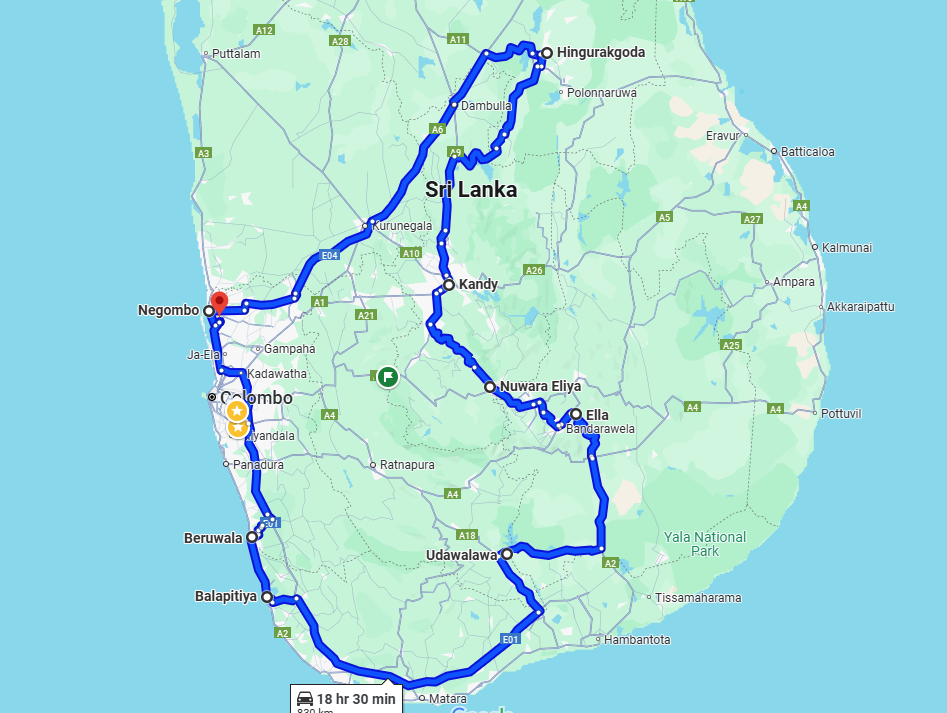

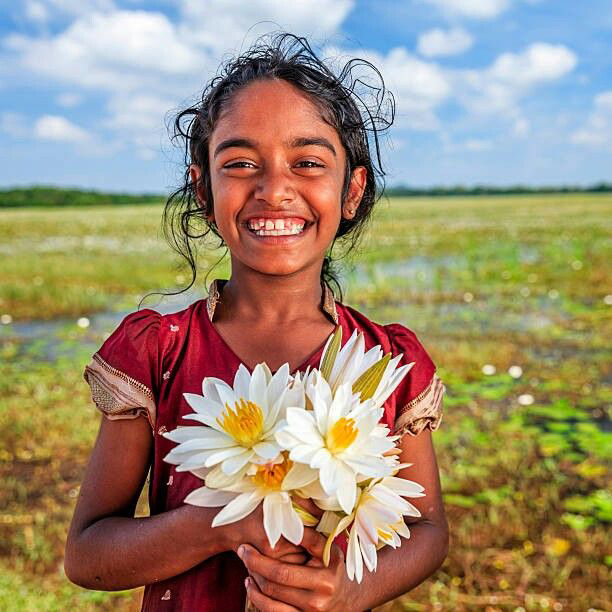
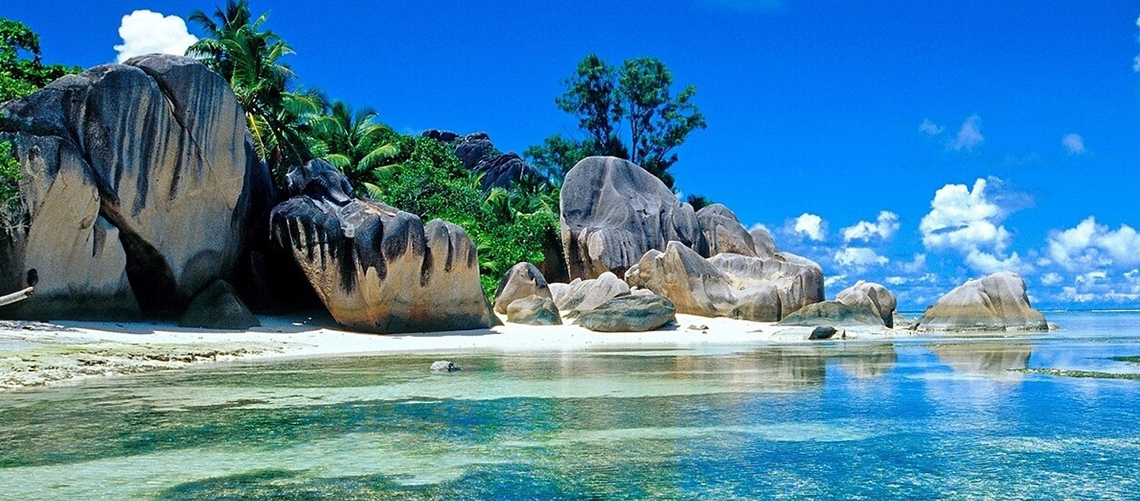
Une Expérience Immersive


Une Expérience Immersive
Commencez votre aventure à Colombo, accueillis par la douce brise de l’océan Indien. Explorez les trésors de la capitale avant de longer la côte sud vers des plages immaculées et des villages de pêcheurs pittoresques. Laissez-vous envoûter par le charme colonial de Galle et ses fortifications classées au patrimoine mondial de l’UNESCO.
Immergez-vous dans la nature sauvage avec une visite de la forêt tropicale de Sinharaja et un safari au parc national de Wasgamuwa, promettant des rencontres époustouflantes avec la faune locale. Ressentez la sérénité des plantations de thé à Ella et Nuwara Eliya, et gravissez le Little Adam’s Peak pour une vue panoramique inoubliable.
Plongez dans l’histoire des anciennes villes de Polonnaruwa, Sigiriya et Anuradhapura, où des trésors archéologiques et des monuments culturels racontent les récits d’un passé glorieux. Visitez des temples finement sculptés et des sites sacrés, notamment le célèbre Temple de la Dent à Kandy.
Détendez-vous sur la côte est à Passikudah et Trincomalee, où des eaux turquoise et des plages de sable fin offrent un refuge parfait. Savourez les délices de la cuisine sri-lankaise authentique, des fruits de mer frais aux spécialités locales telles que le “curd” (yaourt de lait de buffle) et l’arrack (whisky local à base de sève de palmier).
Terminez votre voyage par une visite à Negombo, un village de pêche animé, avant de retourner à Colombo. Que ce soit pour la culture vibrante, les paysages diversifiés ou les merveilles antiques, ce circuit vous promet une expérience enrichissante et immersive dans la “Perle de l’océan Indien”.
Promenade sur Galle Face Green
Visite de la ville de Colombo
Votre arrivée est prévue tôt dans la matinée. Après les formalités de douane et de recuperation des bagages, vous serez accueillis chaleureusement par notre représentant local. Il se charger de vous fournir toutes les informations nécessaires pour le déroulement de votre séjour. Découvrez rapidement les lieux incontournables de la capitale avant de profiter d’une promenade sur Galle Face Green, une esplanade en bord de l’océan indien où souffle une agréable brise. Ce jardin public du centre de Colombo, a été créé en 1859 par le gouverneur britannique Henry George Ward.
Déjeuner libre avant de continuer vers Koggala.
Installation et détente à l’hôtel, niché sur une plage sauvage de Koggala pour une nuit reposante (2 nuits).
Cité historique de Galle
Départ pour la ville historique de Galle, avec une halte dans un village de pêcheurs en route. Galle est connue pour sa cité fortifiée construite au 16ème siècle par les colons portugais. Des remparts hollandais encerclent les rues piétonnes dont l’architecture témoigne de la presence des portugais, hollandais et britanniques. Parmi les constructions remarquables figure l’église hollandaise réformée au 18ème siècle. Au carrefour des routes maritimes des épices et des pierres précieuses, Galle attire les Européens depuis le XVIe siècle. Promenez-vous dans les rues pavées de la vieille ville fortifiée, explorez le fort inscrit au patrimoine mondial de l’UNESCO et admirez l’architecture coloniale bien conservée.
Déjeuner et après-midi libres pour une découverte à votre rythme.
Retour à l’hôtel à Koggala pour le dîner et la nuit.
Réserve forestière de Sinharaja
Randonnée guidée en forêt tropicale
Départ matinal pour la réserve forestière de Sinharaja, classée au patrimoine mondial de l’UNESCO. Explorez cette biodiversité exceptionnelle avec ses orchidées sauvages, oiseaux rares et autres espèces animales. Randonnée guidée de 2 heures au cœur de cette forêt tropicale suivie d’un déjeuner.
Changement de décor avec un transfert vers les plaines arides et installation à l’hôtel à Ambilipitiya, au bord du lac Chandrika Wewa.
Dîner typique comprenant du “curd” local accompagné de miel de palmier et degustation d’arrack.
Statue de Buduruwagala
Visite d’un atelier de poterie traditionnel
Cascade de Rawana
Ascension de Little Adam’s Peak
Départ pour la région montagneuse centrale vers Bandarawela. En route, découvrez les immenses sculptures bouddhistes de Buduruwagala. Visite d’un atelier de poterie traditionnel, puis arrêt à la spectaculaire cascade de Rawana.
Puis, vous déjeunerez à Ella, où vous dégusterez un plat emblématique, le “kottu” : spécialité à base de petits morceaux de pâte, de légumes émincés et d’oeuf. Après le repas, ascension facile de Little Adam’s Peak. De là-haut, la vue sur le Ella Rock et les plantations de thé environnantes, est tout simplement fabuleuse.
Arrivée à Bandarawela, nichée à environ 1 230 mètres d’altitude, c’est une porte d’entrée vers les paysages pittoresques de plantations de thé et de montagnes verdoyantes d’Haputale qui culmine 200 mètres plus haut.
Dîner et nuit à l’hôtel à Bandarawela.
Temple bouddhiste de Muthiyangana
Temple de Demata Mal Vihare
Cocktail
Après le petit-déjeuner, départ pour Badulla et visite du temple bouddhiste de Muthiyangana. Continuation vers Ampara avec une halte pour admirer la statue de Maligawila, une sculpture de Bouddha taillée dans un gros rocher calcaire au 7ème siècle par un prince nommé Aggabodhi. C’est la plus haute statue antique autoportante du Bouddha trouvée dans le pays.
Déjeuner suivi d’une visite du temple de Demata Mal Vihare au milieu des rizières pour une immersion paisible. Arrêt au lac Loggaloya pour savourer un cocktail à base d’arrack en fin d’après-midi avant de rejoindre Ampara.
Dîner et nuit à l’hôtel à Ampara.
Le fort de Batticaloa
Le temple hindou
Départ pour Batticaloa, sur la côte est. Grande ville de la province orientale du Sri Lanka et son ancienne capitale, c’est la capitale administrative du district de Batticaloa. La ville est le siège de l’Université orientale du Sri Lanka et est une ville commerciale majeure. Partez à la découverte de son fort historique et de son temple hindou coloré.
Après un bon déjeuner, vous poursuivrez votre route vers Passikudah, réputée pour ses plages de sable fin et ses eaux cristallines.
Installation et détente à l’hôtel en bord de plage pour deux nuits de repos et de plaisir.
Journée libre
Profitez d’une journée libre pour découvrir les plages paradisiaques de Passikudah. Que vous choisissiez de vous détendre, de pratiquer des sports nautiques (en supplément) ou simplement de vous imprégner de la tranquillité des lieux, le choix est le vôtre.
Déjeuner libre.
Dîner et nuit à l’hôtel.
Visite du temple hindou de Koneswaram
Marché local et marché aux poissons
Départ pour Trincomalee, célèbre pour ses plages idylliques et sa riche histoire. Capitale de la Province de l’Est, la ville est bâtie sur une presqu’île à l’entrée de la plus importante baie de la côte orientale de l’île. Passez devant le fort Frederick et rencontrez les cerfs locaux. Visite du temple hindou de Koneswaram, haut en couleurs et offrant une vue spectaculaire sur l’océan Indien depuis le sommet de Swami Rock.
Après le déjeuner, explorez le marché local et le marché aux poissons pour une immersion dans la vie quotidienne.
Dîner et nuit à l’hôtel à Trincomalee.
Temple de Dimbulagala
Safari au parc national de Wasgamuwa
Visite matinale du temple de Dimbulagala, célèbre pour ses grottes avec inscriptions en écriture Brahmi.
Après le déjeuner, départ pour un safari en véhicule 4×4 dans le parc national de Wasgamuwa. Son environnement est constitué de galeries forestières fluviales le long du Mahaveli et de forêts tropicales sèches, bordant les collines. Vous pourrez apercevoir à Wasgamuwa : le Coq de Lafayette, le Calao de Ceylan, l’Akalat à calotte brune, le Malcoha à bec vert, Le Marabout chevelu, Le Pygargue à tête grise et Le Kétoupa brun. Les mammifères que vous pourrez croiser sont l’éléphant, le léopard, l’ours lippu, le chacal, le Cerf Axis, le Sambar, la mangouste et la Civette ainsi que le Loris grêle et l’Entelle d’Hanuman.
Dîner de spécialités locales et nuit à l’hôtel.
Visite de Polonnaruwa en vélo (ou à pied)
Route vers Polonnaruwa, ancienne capitale royale et site archéologique classé au patrimoine mondial de l’UNESCO. Visitez les ruines à vélo ou à pied, y compris le palais royal, la sale d’audience, les bains royaux, les temples dédiés à Shiva et les statues de Bouddha du Gal Vihara.
Après le déjeuner, continuation vers le Triangle Culturel.
Dîner et nuit à l’hôtel (2 nuits).
Le site sacré à Anuradhapura
Arbre sacré le plus ancien du monde
Rocher du Lion
Départ pour Anuradhapura, la première capitale du royaume cinghalais, classée au patrimoine mondial de l’UNESCO. Découvrez temples, sanctuaires, palais et stûpas, ainsi que le Sri Maha Bodhi, l’arbre sacré le plus ancien du monde.
Après le déjeuner, visite de la citadelle antique de Sigiriya, perchée à 200 mètres d’altitude. Admirez les fresques des “demoiselles de Sigiriya” et les gigantesques pattes de lion sculptées à la base du rocher. Pour les plus courageux, une vue panoramique exceptionnelle attend au sommet !
Dîner et nuit à l’hôtel.
Temple troglodytique de Dambulla
Jardin d’épices de Matale
Spectacle Culturel
Visite matinale du temple troglodytique de Dambulla, qui abrite des cavernes sacrées, ornées de fresques murales éblouissantes, de statues et de sculptures de Bouddha qui évoquent la grandeur et la spiritualité de cette enclave. Continuation vers Matale pour visiter un jardin d’épices. Découvrez les bienfaits thérapeutiques des plantes et dégustez un thé épicé, avec un massage aux produits naturels inclus.
Après le déjeuner, arrivée à Kandy, dernière capitale du royaume cinghalais. En soirée, spectacle de danse traditionnelle kandyenne se terminant par une impressionnante marche sur le feu.
Dîner et nuit à l’hôtel (2 nuits).
Marché de Kandy
Jardin botanique de Peradeniya
Visite d’une fabrique de pierres précieuses
Temple de la Dent
Immergez-vous dans la vie locale avec une visite du marché coloré de Kandy. Ensuite, explorez les magnifiques jardins botaniques de Peradeniya, avec ses collections d’orchidées, palmiers majestueux et figuier géant centenaire. Vous y apercevrez également une collection d’orchidées.
L’après-midi, visite d’une fabrique de pierres précieuses, suivie d’une découverte du célèbre Temple de la Dent, lieu de pèlerinage bouddhiste inscrit au patrimoine mondial. Considéré comme un véritable trésor du patrimoine sri-lankais, son architecture extérieure est assez sobre ce qui contraste avec la somptuosité de son intérieur, décoré d’or, d’ivoire, de fresques et de sculptures raffinées.
Dîner et nuit à l’hôtel.
Marché aux poisons
Départ pour Negombo, charmant village de pêcheurs. Visite du marché aux poissons et du port animé, où vous pourrez observer de magnifique bateaux de pêche colorés, avec déjeuner en cours de route.
Dîner de poissons et fruits de mer sur la plage ou au restaurant, selon la saison.
Nuit à l’hôtel.
Petit-déjeuner à l’hôtel et temps libre pour faire du shopping ou se détendre sur la plage avant le transfert à l’aéroport
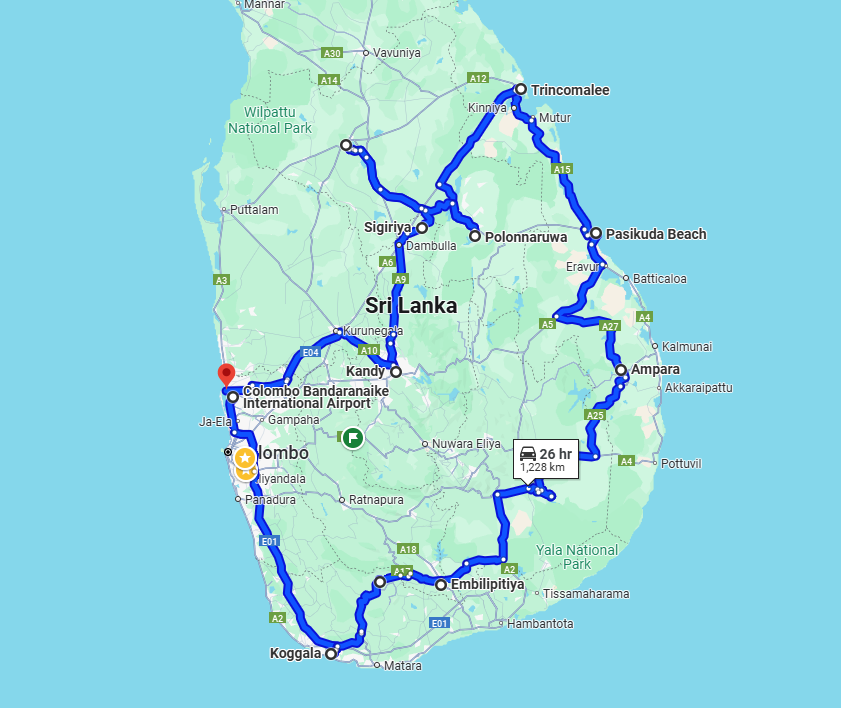

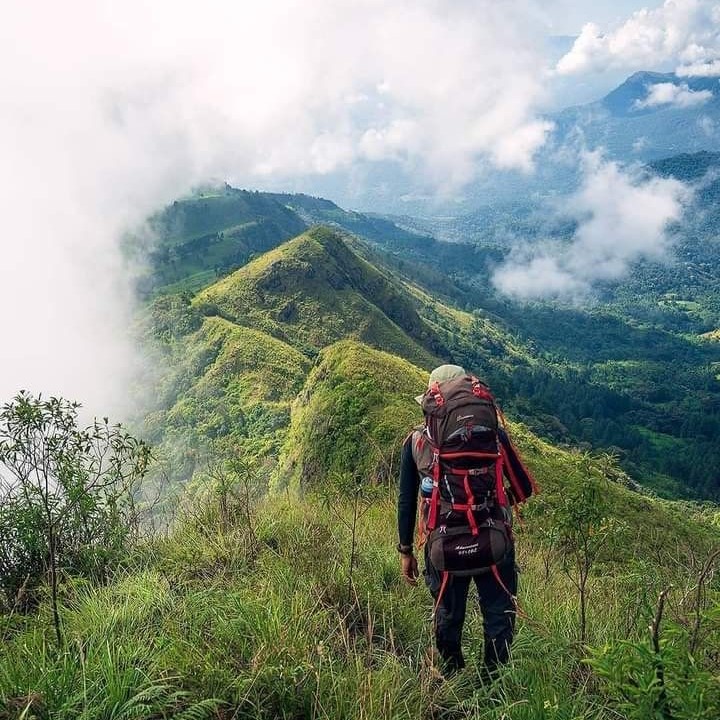

Une aventure trek


Partez pour une aventure de trekking à travers le cœur du Sri Lanka
où chaque pas révèle des paysages époustouflants, des merveilles anciennes et des cultures vibrantes. Ce voyage est conçu pour ceux qui recherchent une expérience active, en explorant la beauté naturelle de l’île à pied tout en se connectant à son histoire riche et à ses traditions. De l’ascension des formations rocheuses emblématiques comme Sigiriya et Pidurangala à la randonnée à travers des plantations de thé, des montagnes brumeuses et des villages reculés, ce circuit vous immerge dans le terrain diversifié et la beauté préservée du Sri Lanka. Parmi les points forts, citons les sentiers pittoresques de Horton Plains, les paysages luxuriants de Riverston et Manigala Rock, et les vues inoubliables depuis Lipton’s Seat. En chemin, vous traverserez des communautés rurales, des rizières et des plantations, partageant des repas avec des familles locales et découvrant le charme authentique de l’île.
Un moment fort de ce voyage est la visite de Dambana, le foyer des Veddas, la communauté autochtone du Sri Lanka. Cette opportunité unique vous permet de plonger dans la vie de l’une des plus anciennes tribus de l’île, dont les traditions sont restées profondément connectées à la nature depuis des milliers d’années. Vous rencontrerez le chef Vedda, qui partagera des connaissances fascinantes sur leur histoire, leurs croyances et leurs coutumes. Apprenez-en davantage sur leur mode de vie semi-nomade, autrefois centré sur la chasse et la cueillette, et observez leurs danses traditionnelles et techniques de chasse, y compris l’utilisation d’arcs et de flèches faits à la main. Savourez un repas traditionnel préparé avec des ingrédients locaux, offrant un aperçu de leur héritage culinaire. Explorez leur village à pied, découvrez leur vie quotidienne et leurs pratiques spirituelles, et, si le temps le permet, prenez un bain rafraîchissant dans le lac serein qui est au cœur de leur communauté. Cette experience immersive offre un rare aperçu de la résilience et du patrimoine des Veddas, vous laissant avec une profonde appréciation pour leur culture et l’environnement naturel qu’ils chérissent.
Ce circuit de trekking offre un parfait mélange d’aventure et de découverte culturelle, vous emmenant hors des sentiers battus pour découvrir l’âme du Sri Lanka.
Visite de la ville de Negombo
Marché aux poissons
À votre arrivée à l’aéroport, dirigez-vous vers Negombo, une ville côtière connue pour sa culture de pêche dynamique. Visitez le village de pêcheurs pour observer les pratiques traditionnelles et explorez les environs, y compris le marché aux poissons animé.
Dîner et nuit à l’hôtel à Negombo.
Visite d’une fabrique de tuiles
Plantation d’ananas
Temple troglodytique de Dambulla
Commencez la journée par une visite d’une fabrique de tuiles pour découvrir l’artisanat traditionnel de la production de tuiles. Continuez vers une plantation d’ananas, où vous pourrez déguster des ananas frais.
Visitez le célèbre temple troglodytique de Dambulla, un site du patrimoine mondial de l’UNESCO, connu pour ses statues anciennes de Bouddha et ses fresques colorées. Ensuite, dirigez-vous vers Sigiriya pour explorer la forteresse rocheuse de Sigiriya, également connue sous le nom de Rocher du Lion, un magnifique palais et forteresse anciens offrant des vues imprenables.
Dîner et nuit à l’hôtel à Sigiriya.
Randonnée jusqu’à Pidurangala Rock
Polonnaruwa
Commencez la journée par une randonnée jusqu’à Pidurangala Rock, un site pittoresque offrant des vues panoramiques sur le rocher de Sigiriya et le paysage environnant. Poursuivez ensuite vers Polonnaruwa, la capitale médiévale du Sri Lanka.
Déjeunez dans un restaurant local avant de visiter le site archéologique de Polonnaruwa, où vous pourrez explorer des ruines anciennes, des stupas et des statues, y compris le célèbre Gal Vihara.
Dîner et nuit à l’hôtel à Polonnaruwa.
Temple de Dimbulagala
Safari au parc national de Wasgamuwa
Visitez le temple de Dimbulagala, un site paisible et spirituel d’importance historique. L’après- midi, partez en safari au parc national de Wasgamuwa, réputé pour sa faune diversifiée, incluant des éléphants, des cerfs et des espèces d’oiseaux exotiques.
Dîner et nuit dans un lodge près de Wasgamuwa.
Dambana, au coeur de la communauté autochtone Vedda du Sri Lanka
Voyagez jusqu’à Dambana, foyer de la communauté autochtone Vedda du Sri Lanka. Les Veddas, souvent appelés “les gens de la forêt”, vivent sur l’île depuis des milliers d’années, préservant leur mode de vie unique. Cette opportunité rare vous permet de vous immerger dans leur riche culture et leur histoire.
À votre arrivée, vous serez accueilli par la communauté et présenté au chef de la tribu, qui partagera des informations fascinantes sur leur histoire, leurs coutumes et les défis qu’ils rencontrent pour maintenir leurs traditions face à la modernisation. Apprenez-en advantage sur leur mode de vie semi-nomade, historiquement centré sur la chasse, la cueillette et l’agriculture itinérante.
Découvrez leur culture vibrante à travers des démonstrations de danses traditionnelles exécutées lors de cérémonies et d’occasions spéciales. Observez leurs anciennes techniques de chasse, utilisant des arcs et des flèches faits à la main, et découvrez leur profonde connexion avec l’écosystème forestier.
Savourez un déjeuner traditionnel préparé par la communauté Vedda, composé de plats simples mais délicieux faits avec des ingrédients locaux. Ce repas offre un véritable aperçu de leurs traditions culinaires.
L’après-midi, faites une visite guidée du village pour observer leurs habitations, espaces communautaires et routines quotidiennes. Découvrez leurs pratiques spirituelles, qui reflètent un profond respect pour la nature. Si le temps le permet, vous pourrez prendre un bain rafraîchissant dans le lac paisible du village, une partie centrale de leur vie communautaire.
Cette expérience immersive offre un aperçu incomparable de la résilience et du patrimoine des Veddas, vous laissant avec une appréciation plus profonde de la diversité culturelle du Sri Lanka.
Dîner et nuit dans un lodge à Mahiyanganaya.
Randonnée à Illukkumbura
Déjeuner avec une famille locale
Départ pour Riverston, une région connue pour sa végétation luxuriante et ses paysages pittoresques. Arrivée à Illukkumbura et début de la randonnée à travers des villages reculés, des rizières et des paysages montagneux enchanteurs. Arrêt pour le déjeuner chez une famille locale, où vous pourrez apprécier leur hospitalité et leur cuisine traditionnelle. Poursuite de la randonnée jusqu’à votre lodge, en arrivant à pied au milieu de magnifiques environs.
Dîner et nuit au lodge à Riverston.
Randonnée au Rocher de Manigala
Consacrez la journée à la randonnée pour grimper au Rocher de Manigala, une aventure offrant des vues spectaculaires sur les paysages dramatiques de Riverston. Le sentier vous emmène à travers des plaines herbeuses et un terrain accidenté, offrant une experience palpitante pour les amateurs de nature.
Dîner et nuit au lodge à Riverston.
Visite d’un jardin d’épices
Visite d’une fabrique de batik
Spectacle culturel à Kandy
En route vers Kandy, arrêtez-vous à Matale pour visiter un jardin d’épices et découvrir la culture des épices aromatiques du Sri Lanka. Visitez également une fabrique de batik pour observer le processus complexe de création de textiles en batik. Arrivée à Kandy, explorez le marché local et profitez de temps libre pour faire du shopping. En soirée, assistez à un spectacle culturel mettant en vedette des performances de danse traditionnelle kandyenne.
Dîner et nuit à l’hôtel à Kandy.
Visite des temples anciens
Musée des pierres précieuses
Temple de la Dent Sacrée
Consacrez la journée à explorer Kandy et ses environs. Visitez trois temples anciens – Lankathilaka, Gadaladeniya et Ambekke – lors d’une promenade pittoresque. Découvrez le musée des pierres précieuses, présentant les célèbres gemmes du Sri Lanka. En soirée, visitez le Temple de la Dent Sacrée, l’un des sites bouddhistes les plus vénérés du pays.
Dîner et nuit à l’hôtel à Kandy.
Randonnée à Pussellawa
Visite des chutes de Ramboda
Tour de la ville de Nuwara Eliya
Voyagez vers Pussellawa et partez en randonnée à travers des plantations de thé, des villages tamouls et des écoles, en profitant des paysages montagneux pittoresques. Arrêtez-vous aux chutes de Ramboda et déjeunez dans un restaurant surplombant la cascade. Poursuite vers Nuwara Eliya, une charmante ville avec une architecture coloniale, un lac paisible et un marché local animé.
Dîner et nuit à l’hôtel à Nuwara Eliya.
Randonnée à Horton Plains
Trajet en train panoramique jusqu’à Haputale
Commencez la journée par une randonnée à Horton Plains, un parc national connu pour ses paysages époustouflants, dont World’s End. Arrivée à Ohiya pour monter à bord d’un train local pour un trajet panoramique jusqu’à Haputale. Découvrez la petite ville de montagne de Haputale, entourée de plantations de thé et offrant des vues à couper le souffle.
Dîner et nuit à l’hôtel à Haputale.
Visite du siège de Lipton
Séjour au monastère bouddhiste
Visitez le célèbre siège de Lipton, un point de vue offrant des panoramas spectaculaires sur les plantations de thé. Profitez d’une randonnée de cinq heures autour du siège de Lipton et de ses environs. Poursuite vers Bandarawela pour une nuitée dans un monastère bouddhiste. En soirée,
participez à une cérémonie au temple et à une séance de méditation.
Ascension du Mini Adam’s Peak
Visite des chutes de Rawana
Centre de transit pour éléphants
Safari au parc national de Udawalawe
Commencez la journée par une ascension du Mini Adam’s Peak, suivie d’une visite des magnifiques chutes de Rawana. Voyagez ensuite vers Udawalawe, où vous déjeunerez dans un restaurant local.
Visitez le Centre de transit pour éléphants, un centre de réhabilitation pour les éléphants orphelins, puis profitez d’un safari au parc national de Udawalawe.
Dîner et nuit dans un campement à Udawalawe.
Visite du village de pêcheurs à Mirissa
Pêche sur échasses à Ahangama
Exploration de la ville de Galle
Voyagez jusqu’à Mirissa pour visiter un village de pêcheurs et observer la pêche traditionnelle sur échasses à Ahangama. Continuez ensuite vers l’ancienne ville de Galle, un site du patrimoine mondial de l’UNESCO, pour explorer son fort, ses rues pavées et son architecture coloniale.
Poursuivez vers Beruwala pour une période de détente.
Dîner et nuit à l’hôtel à Beruwala.
Journée de détente à la plage
Passez la journée à votre guise, en vous relaxant sur la plage ou en participant à des sports nautiques.
Dîner et nuit à l’hôtel à Beruwala.
Départ pour Colombo et visite de la ville
Après le petit-déjeuner, départ pour Colombo. Explorez les monuments, les marchés et les sites culturels de la ville. Dînez à Colombo avant le transfert à l’aéroport pour votre départ.


votre prochaine escapade commence ici
ouvrez la porte à un monde de souvenirs impérissables







